Ready to enhance your bond with your fur-coated friend and decode their mysterious behaviors? Welcome aboard! Leave behind the stress of dealing with your cat’s idiosyncrasies and transition into a realm of seamless interaction, top-tier comfort, and limitless joy. We offer you a suite of meticulously chosen strategies to simplify your role as a cat owner and bring the finest out of your whisker-wearing buddy.
From unique methods to amuse your cat to smart resolutions for common feline concerns, we’ve got it all! So, invite your favorite feline, cozy up, and get ready to marvel as we take a transformative journey towards a pet-friendly home and enriched life through these remarkable cat hacks!
Litter Box Makeover
This ingenious solution involves modifying the upper litter box with drilled holes at its base. The excess urine gets drained into the lower box through these holes, ensuring that the litter in the upper box stays dry, thereby cutting down the frequency of changes.
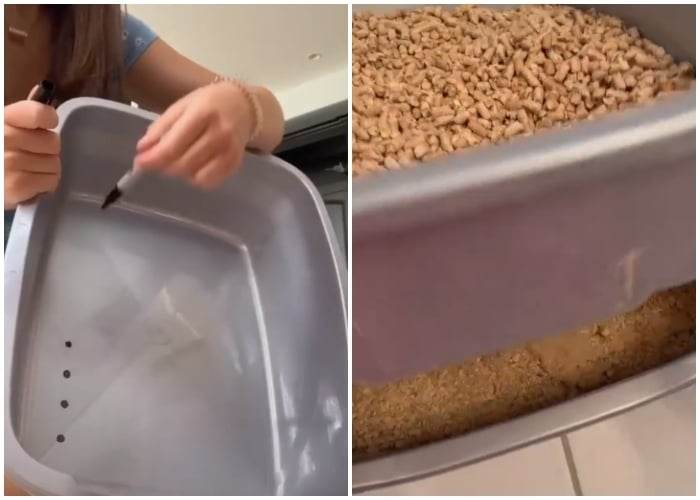
This is an excellent solution for cats with a higher urine output or households with multiple cats using the same box. To maintain cleanliness, consider using a litter guard, which acts as a sieve, allowing liquid waste to pass into the lower box while keeping the solid waste on top. This further keeps the litter dry and also curtails the issue of tracking litter outside the box.
DIY Suspended Window Basket for
Your Cat Curiosity is second nature to cats. Gift your feline a window perch to satisfy their curiosity and keep them from getting bored. Your DIY basket perch can range from simple to artsy, depending on your preference.
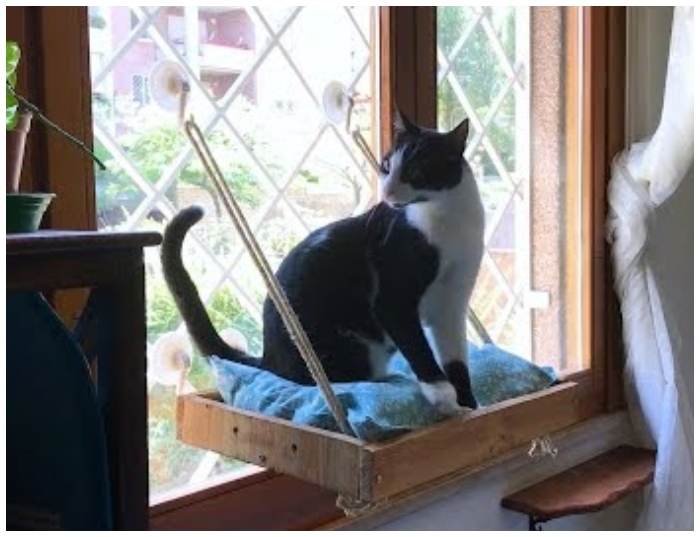
Ensure it is suitable for your cat’s size and complements your home’s decor. A few blankets can add comfort and warmth to the basket. Position it by the window for a captivating outdoor view.
The Baby Wipes Hack for Cleaning Cat Vomit
Just like humans, cats too vomit when they feel ill. A number of factors, including dietary changes, could be the culprits. However, consistent vomiting calls for a vet’s attention.
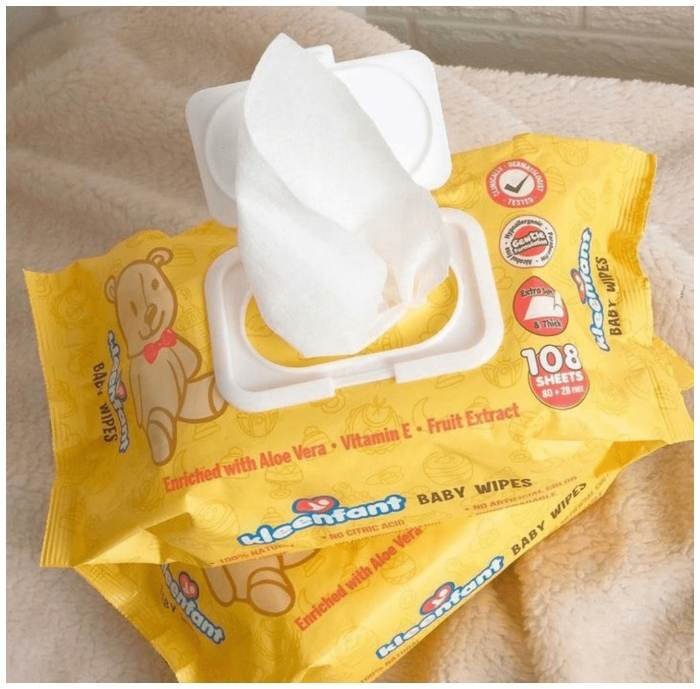
In the event of vomiting, baby wipes come in handy to clean up the mess effectively. Using small plates for feeding can prevent hasty eating and consequently, vomiting.
Climbing Spaces for Your Cat
Cats are natural climbers and feel more at ease with vertical spaces. Make your home more cat-friendly by providing climbing spaces that don’t create chaos or damage.
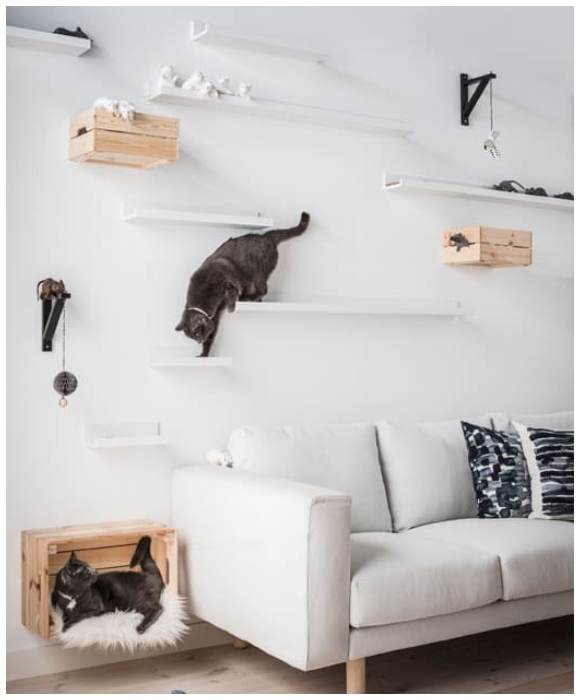
Cat towers and shelves serve as excellent distractions for your cats, allowing them to exhaust their energy in climbing. This promotes their happiness and mental stimulation.
Unconventional Toys from Everyday Items
Active cats view almost everything as a potential toy. The good news is they prefer uncomplicated objects over sophisticated, pricey ones.
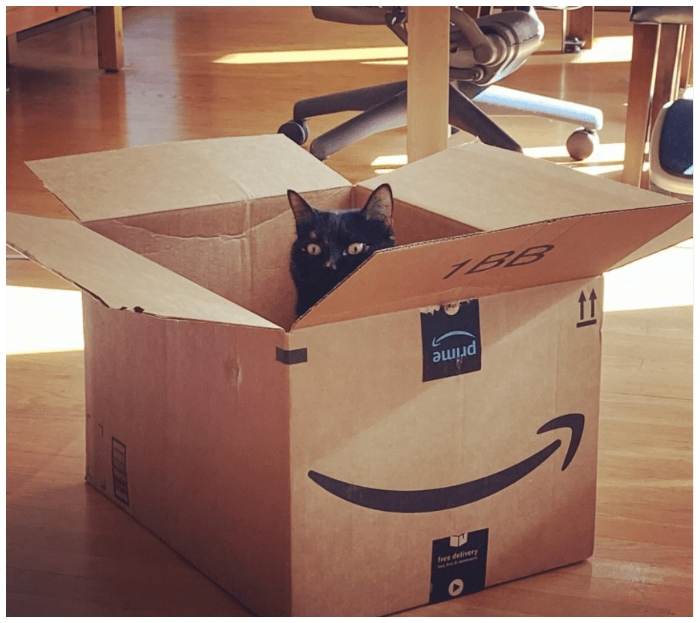
You’d be surprised to see how much your cat enjoys playing with common household items. Offer your cat easy-to-find items like socks, toilet paper rolls, or cereal boxes, and watch them unleash their energy on these.
Paws-Time with Your Cat
While cats can show affection, they also have their moments of withdrawal, especially during nail trimming or claw-capping sessions.
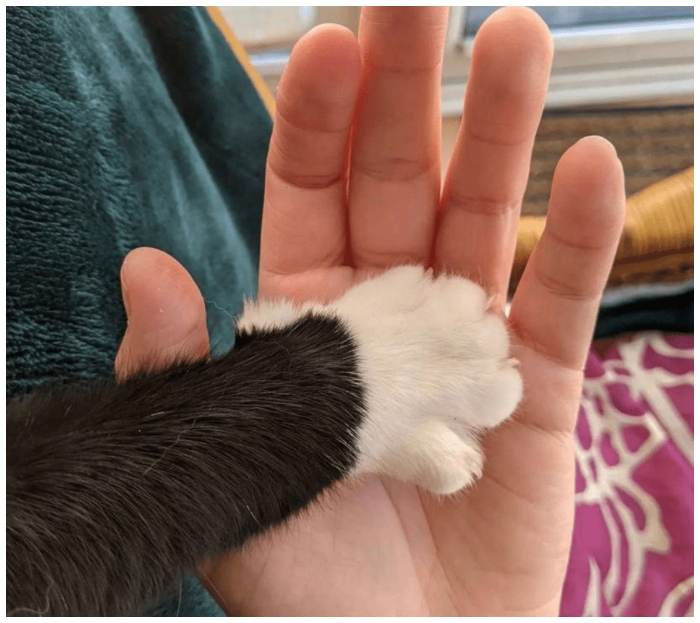
You can build their comfort and trust by gently touching their paws under non-threatening circumstances. Over time, this practice will make your cat more accepting of your touch, easing the nail-trimming process.
Revamp Your Cat-Proofing Strategy with Aluminum Foil or Masking Tape
It’s common knowledge that our furry friends are natural explorers. Some cats are extra adventurous and may develop a fascination with certain off-limits areas like your baby’s crib or kitchen counter. When these areas become their favorite playgrounds, you’re left with constant cleaning tasks. But fret not! A simple solution lies in the form of aluminum foil or masking tape.
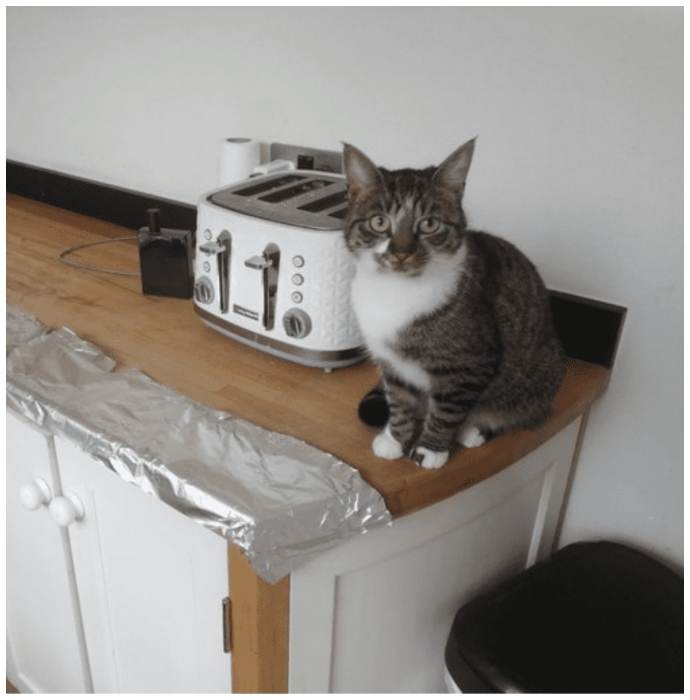
Spread aluminum foil over their preferred surfaces, as cats dislike the sound of foil crinkling under their paws. Alternatively, place masking tape sticky-side-up, creating a deterrent they’ll want to avoid.
Maintain Your Cat’s Claws: Trim Them or Try Claw Caps
Due to their inherent predatory instincts, cats’ claws can grow long and sharp, posing a threat to your furniture and potentially causing unintentional injuries. Trimming their claws can significantly reduce these risks.
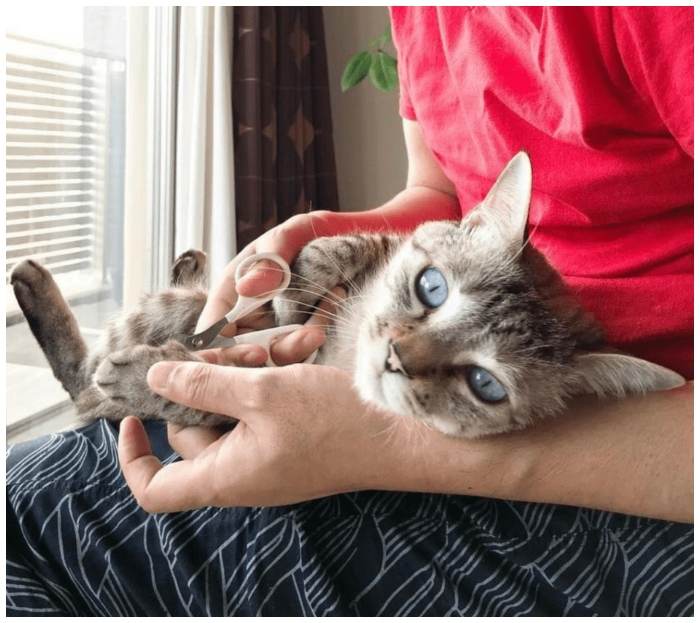
You can choose to either learn how to trim your cat’s claws properly or hire a professional. Alternatively, consider claw covers, a safer option that prevents damage to your furniture and adds a spa-like vibe with their variety of colors.
Construct Your Own Cat Exercise Wheel
Keeping your feline active and engaged is key to their well-being. A DIY cat exercise wheel is an easy project that requires minimal supplies: a large wheel, sturdy wooden boards, screws, and a drill. Assemble the wheel by attaching the boards to the sides to form a stable base. Then, add traction by adhering a non-slip mat or sandpaper to the wheel.
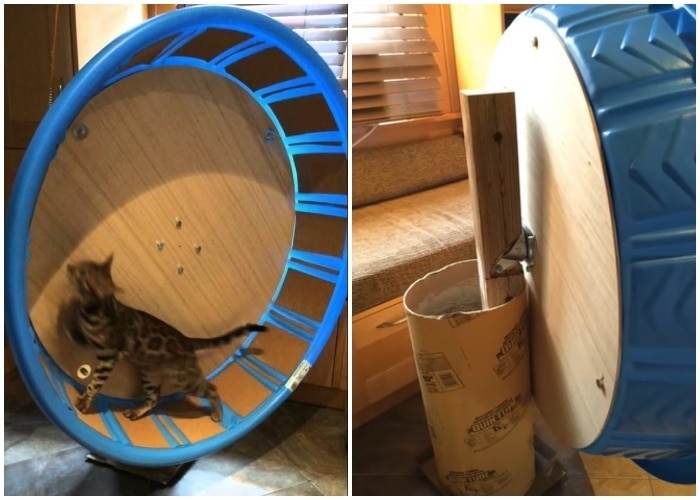
Using a robust rope or chain, hang the wheel from a secure beam or ceiling. Introduce your cat to the wheel gradually, rewarding them for initial usage. Supervise their play to ensure safety.
Ensure Access to Running Water for Your Cat
As vital as it is for humans, hydration is equally essential for cats. A constant supply of water is necessary, with running water being a preferred source for cats.
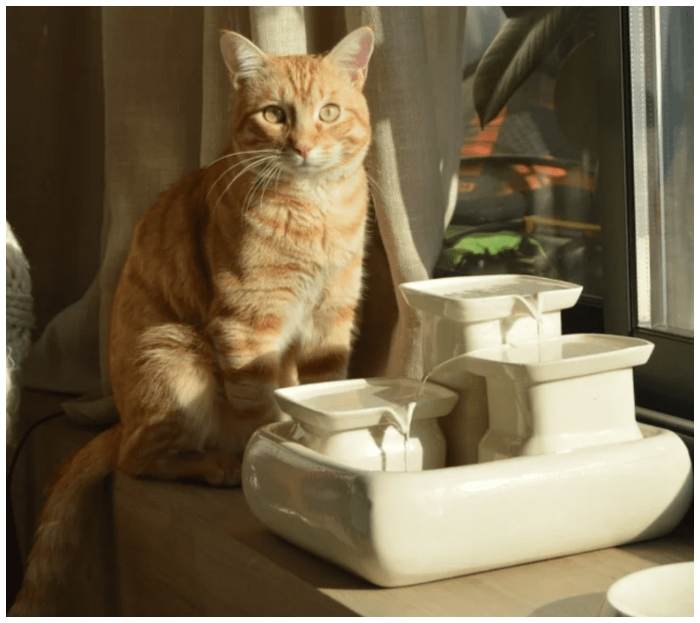
Consider providing a pet water fountain that operates continuously and autonomously. This not only quenches their thirst but also keeps them engaged with the running water.
Vary Feeding Times for Your Feline
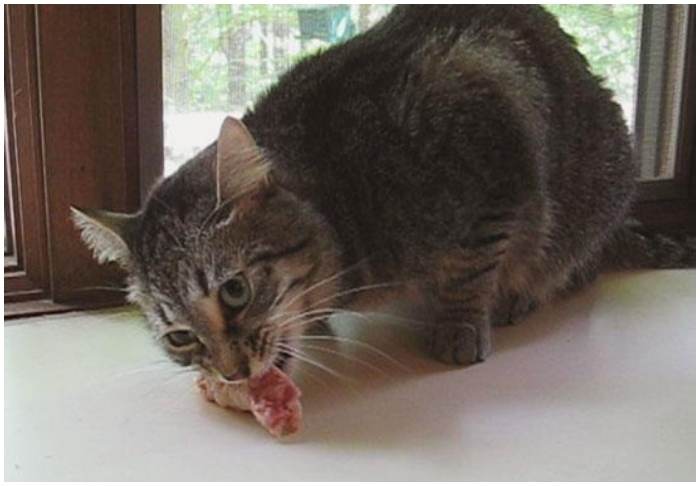
Cats can quickly adjust to routines, expecting meals at the same times every day. By varying their feeding times, you’ll prevent them from being tempted to steal others’ food, promoting healthier eating habits, especially crucial for overweight cats.
Store Dry Food in a Sealed Container
Proper storage of your cat’s food is vital to prevent contamination. Dry food, in particular, should be stored in sealed containers, such as old cereal boxes.
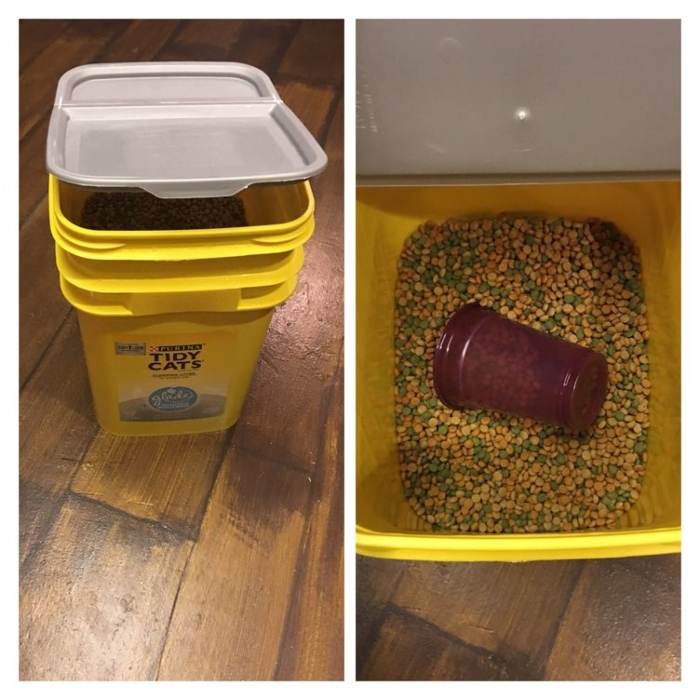
This prevents potential health risks from spoiled food and makes it easier for your cats to access their food. It also allows for reuse and recycling of old containers.
Cultivate Your Own Catnip
Catnip can be a fantastic source of enjoyment for your furry friend. This plant has both calming and stimulating effects on cats, with some reacting more vigorously than others.
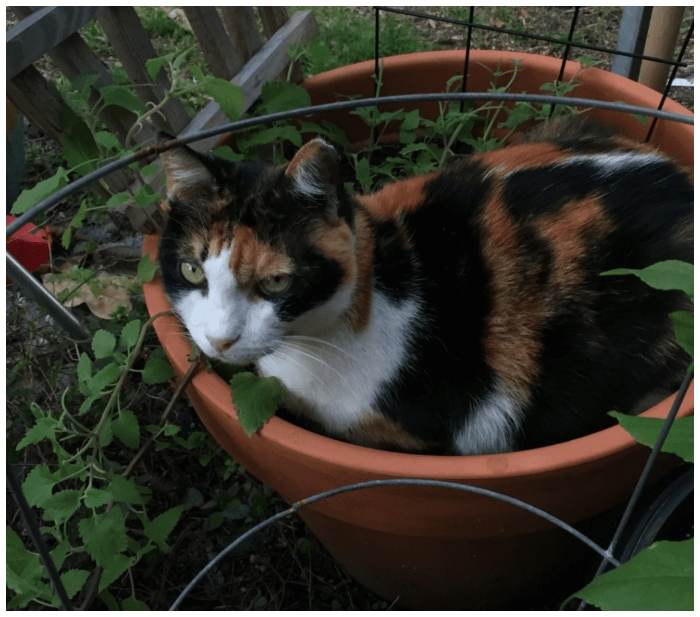
Note that excessive consumption of catnip may lead to side effects like vomiting and diarrhea, so moderation is key.
Harness the Power of Duct Tape for Cat Hair Removal
Duct tape, often hailed as a universal tool, is also incredibly effective for cleaning cat hair from various surfaces.
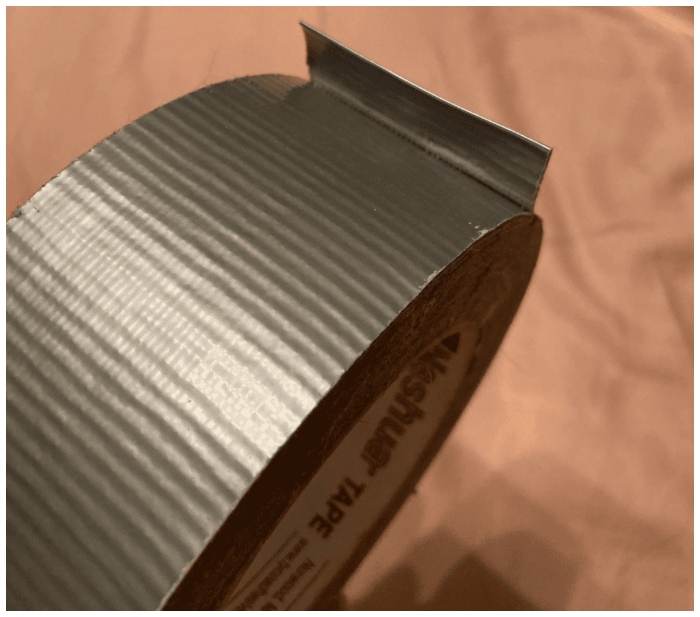
For areas where cats tend to shed the most, such as pillows and couches, apply the sticky side of the tape to the hair and peel it away. This will significantly reduce hair build-up on these surfaces.
Revamp an Old Storage Bin into a DIY Cat Litter Box
Repurpose an underutilized storage bin into a convenient, custom cat litter box. Choose a large bin with low edges and smooth corners.
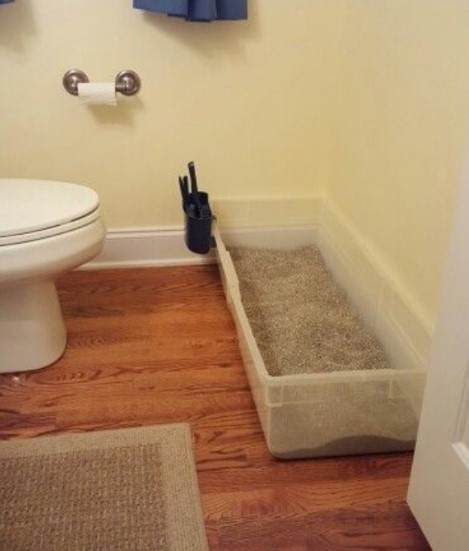
Cut out a U-shaped entrance on one side, ensuring a smooth passage for your cat. Fill the bin with a suitable amount of litter, generally 2-3 inches. This easy-to-clean litter box provides both comfort for your cat and convenience for you.
Use Treats to Encourage Good Behavior
Contrary to popular belief, cats can be trained just like dogs with the right techniques. Positive reinforcement, such as giving treats and rewards, can motivate your cat to exhibit good behavior and deter unwanted ones.
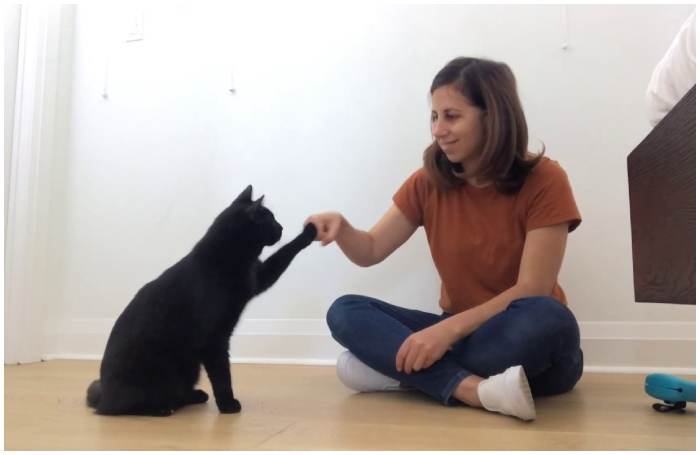
Start with simple tricks like a high-five, rewarding your cat each time it successfully completes the task.
Invest in an Air Filter for a Fresher Home
Cats may sometimes bring unwanted “presents” from their outdoor adventures, which can affect the air quality of your home. Installing an air filter can help to purify the air, removing dust, insects, and harmful bacteria.
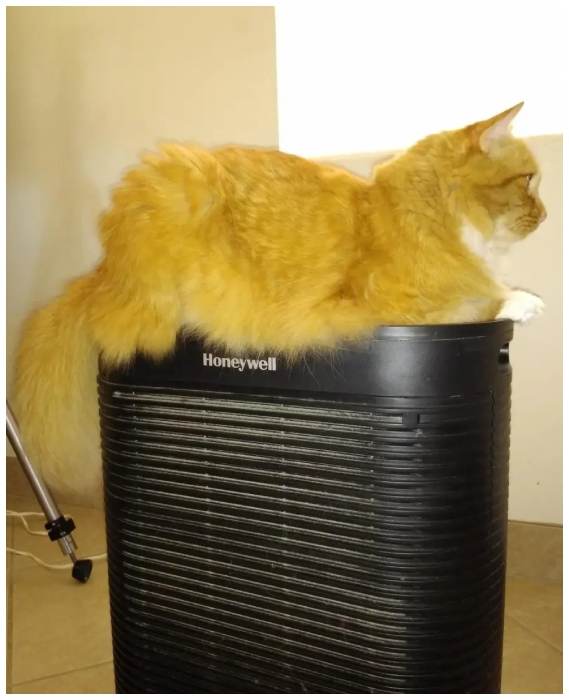
Ensure the filter is always on for continuous protection.
Create a Customizable, Easy-to-Clean Cat Litter Box
Turn a large Tupperware bin into a comfortable and clean litter box. Mark and cut out a U-shaped entrance on the bin. Place a low-edged dishpan inside the Tupperware, and set a non-slip rug in front of the entryway to catch any excess litter.
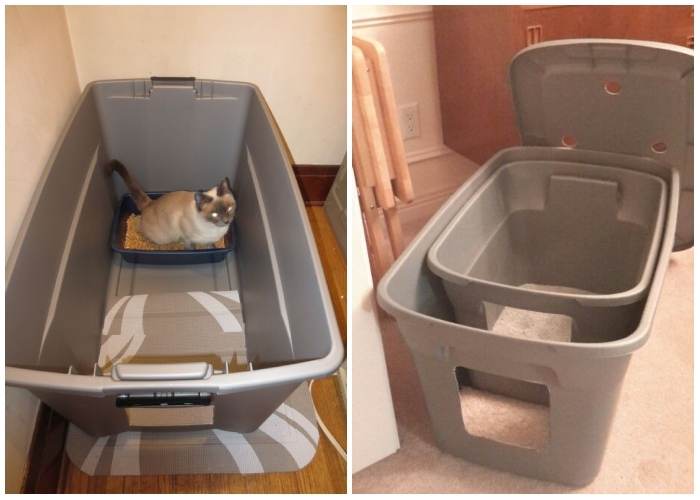
Give your cat some time to get used to this new setup, and enjoy the ease of cleaning and refreshing this DIY litter box.
Delightful Indoor Cat Grass Bed: A Little Grassland for Your Furry Friend
Is your greenery often a victim of your cat’s love for grass? Why not bring nature indoors for your kitty to enjoy? Introduce the ideal solution – an indoor cat grass bed. This engaging indoor feature not only offers fun for your cat but also aids in their digestion. Grass contains fiber which can help prevent hairballs and aid digestion. Plus, it offers a natural source of folic acid, a crucial vitamin for cat’s health.
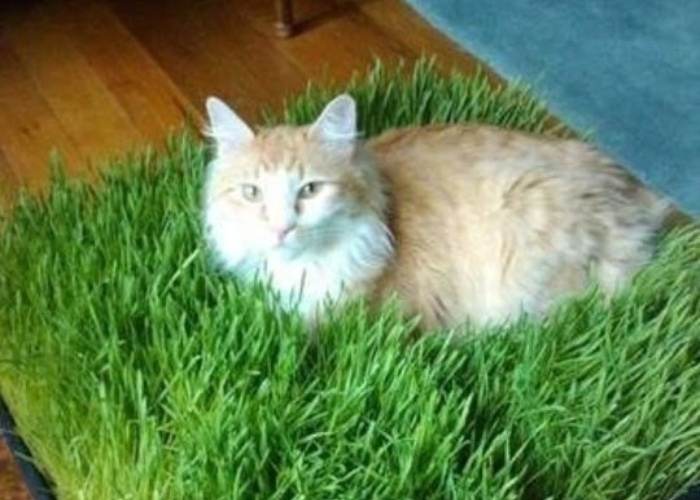
Materials: A shallow, wide container (a low-sided baking dish works well); Potting soil; Cat grass seeds (available at pet stores or online); Water. Steps: Fill the container with potting soil, leaving about an inch of space at the top; Sprinkle the cat grass seeds generously across the soil; Lightly cover the seeds with a thin layer of soil; Water the seeds thoroughly, but don’t drench them. The soil should be moist, not soaked; Place the container in a spot that gets plenty of light; Keep the soil moist and watch for sprouting in about 5 to 7 days
Repurposing Your Cat Carrier: A Comfort Zone
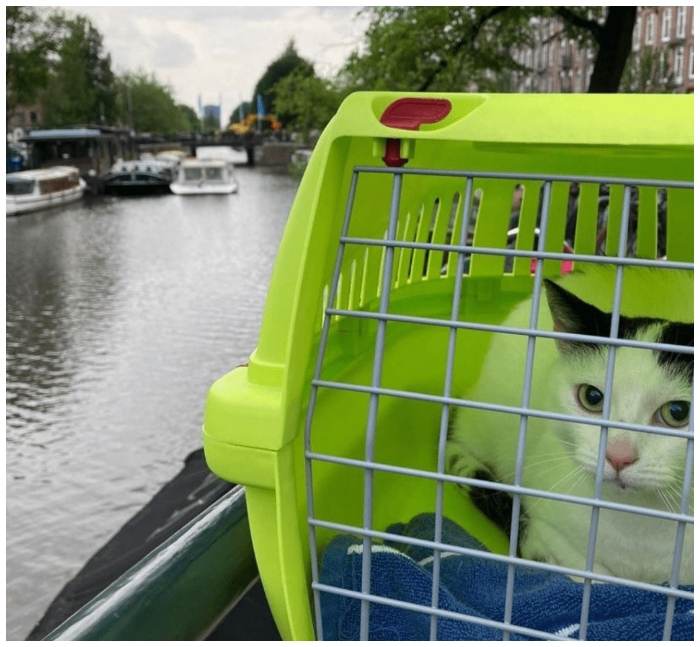
Train your cat to accept their carrier by leaving it out in an accessible location in your home. Cats may initially feel uneasy in a carrier, but with time and familiarity, they can grow to accept it, making journeys in a vehicle easier for both of you.
Innovative Protective Corner Scratchers: Save Your Furniture, Please Your Feline
Preserve your furniture while catering to your cat’s instinctual need to scratch with Protective Corner Scratchers. Made from durable sisal rope, these scratchers fit your furniture corners perfectly, giving your cat a dedicated place to indulge its natural habits.
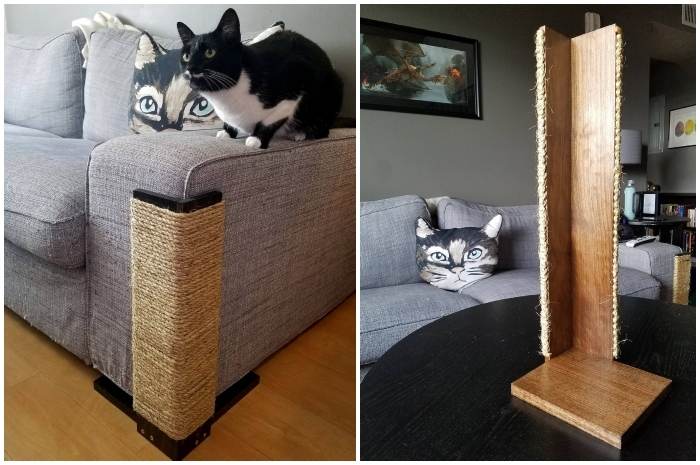
Materials: Durable sisal rope, Screws, Screwdriver, Measuring tape, Scissors, Hot glue gun, Wooden block or PVC pipe (optional). Instructions: Measure the size of the corner you would like to protect. Consider the height and width of the area to ensure the scratcher will fit; Cut the sisal rope to the desired length; If you’re making a couch corner scratcher, find a wooden block or PVC pipe that is the same height as the corner you’re protecting; Wrap the sisal rope tightly around the wooden block or PVC pipe, securing the end with hot glue. Repeat until the entire block or pipe is covered with rope; Once the rope is securely in place, attach the wooden block or PVC pipe to the couch leg using screws; If you’re making a wall corner scratcher, measure and cut the sisal rope to the desired length; Attach one end of the rope to the wall using screws and a screwdriver. Make sure the rope is secure and will not come loose; Wrap the rope tightly around the wall corner, securing the end with hot glue. Repeat until the entire corner is covered with rope.
Gradual Introduction: The Key to Harmonious Pet Relations
The process of introducing a new pet, especially a cat, into a home with other pets needs to be done carefully and strategically.
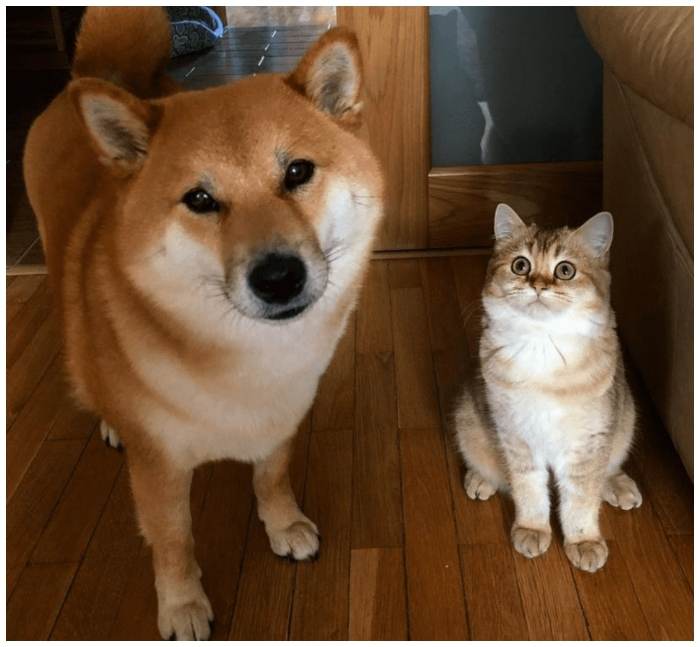
Creating a smaller, safe space for your cat initially and gradually letting them share the same room with other pets can ensure a harmonious cohabitation.
Understanding Feline Mind Games
Cats are masters at non-verbal communication and can easily convey their desire to play. They may nudge you with their favorite toy or stare at it expectantly.
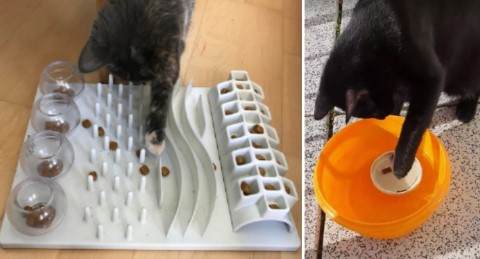
Understand and engage in these feline mind games to strengthen your bond with your cat.
Consider Pet Insurance: Because Your Cat Deserves the Best
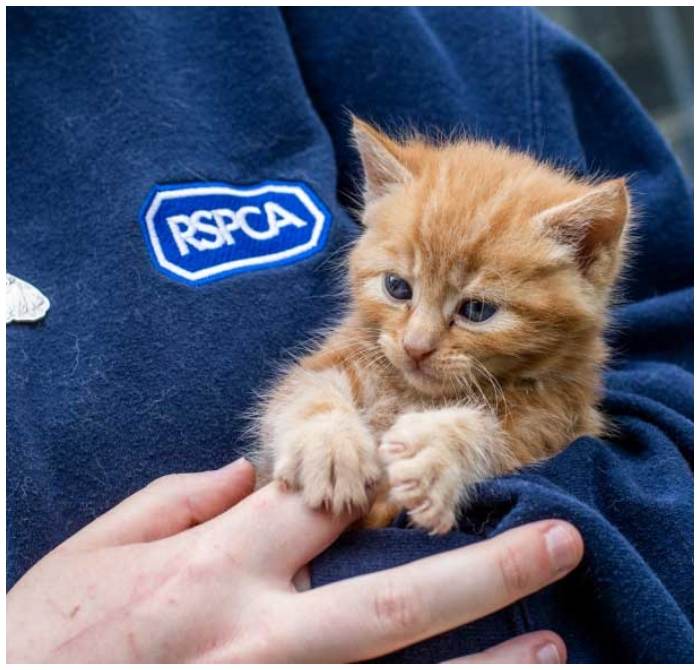
Just like humans, pets too can benefit from insurance, which can provide financial aid during unexpected medical situations. Choose a reputable pet insurance company that offers comprehensive coverage and suits your cat’s health needs.
Reuse Your Old Hairbrush: A DIY Shedding Solution
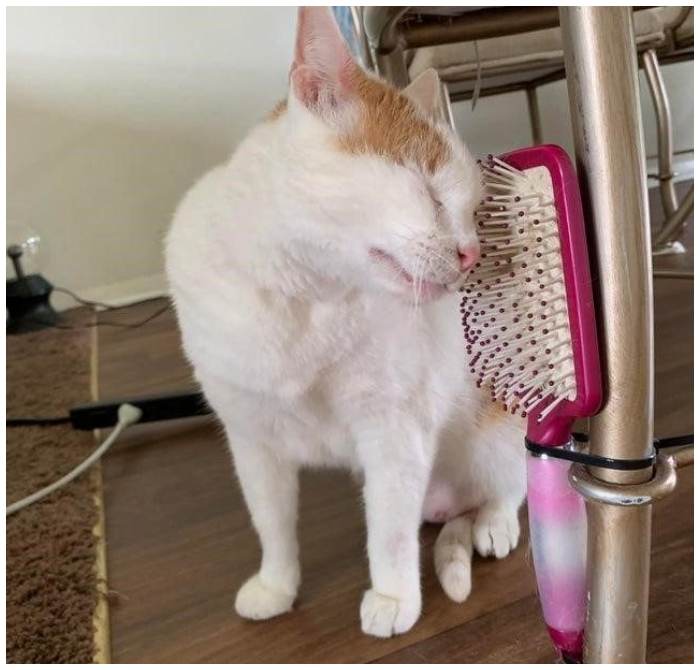
An old hairbrush can be an effective tool for managing your cat’s shedding. Secure an old brush to your chair’s leg and let your cat self-groom by rubbing against it, helping reduce hair shedding with minimal effort.
Revolutionize Your Cat Litter Routine: DIY Antimicrobial Solution
Improve your cat’s litter experience with an innovative antimicrobial agent that combats odor-causing bacteria. With this DIY litter management trick using easily disposable aluminum pans, maintaining your cat’s litter box becomes hassle-free and more efficient.
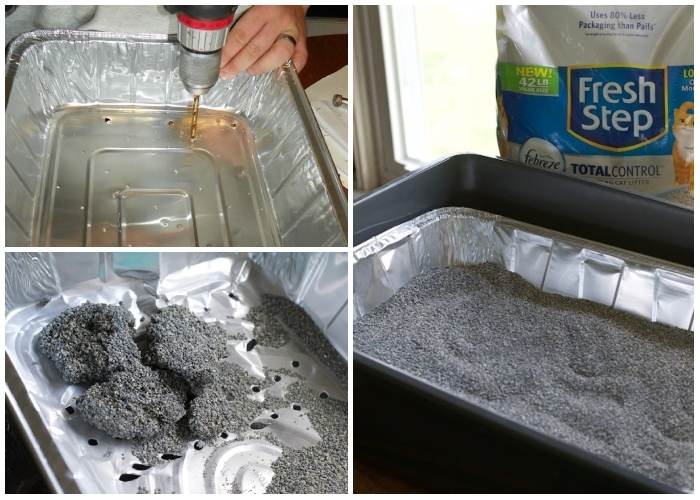
Visit your local dollar store and purchase 6-8 aluminum pans that fit snugly inside your litter box; Using a Phillips-head screwdriver, carefully punch several holes in the bottom of all the pans except one; Stack the perforated pans on top of the solid ones and place them in your litter box; Fill the pans with Fresh Step Total Control Litter with the Power of Febreze; At the end of each day, simply lift the top pan out of the litter box. Dispose of the pan’s contents in your garbage and set it aside for the following week. This easy, efficient method will make your daily litter box routine a delightful, hassle-free experience.
From Trash to Toy: Repurpose Empty Toilet Rolls
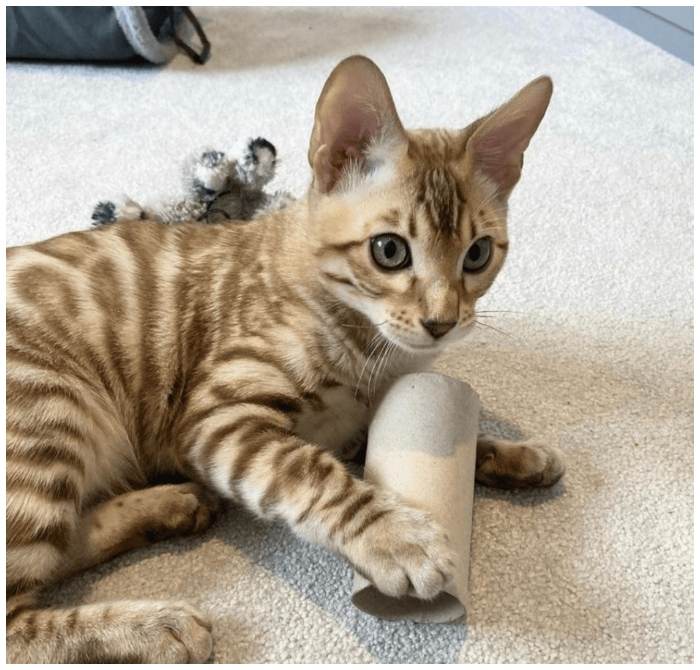
Don’t toss away empty toilet paper rolls. Instead, turn them into a simple but engaging toy for your cat by hiding treats inside. Your cat will enjoy the challenge of retrieving the treats, providing mental stimulation as well.
Eliminate Odors with DIY Odorless Cat Litter Box
With some basic tools and materials, you can create your own odorless cat litter box that uses a 12V fan for ventilation, ensuring a fresher, cleaner environment for both you and your feline.
Gather the Essential Materials: A sturdy hooded plastic cat litter box with at least 7″x7″ of flat surface on the back end; A powerful 12V 120mm CPU fan (smaller sizes can work too – perhaps consider recycling one from an old desktop computer); A 12V DC power adapter (500ma); 2 plastic food storage containers (25oz, 740ml – 6-3/4″ x 6-3/4″ x 2-1/4″) with lids; 2 empty, label-free 28oz food cans (like ones from crushed tomatoes) with both ends removed; Roughly 10 hot glue sticks; 5-25′ (depending on your location) of 4″ dryer duct, either aluminum or plastic; Resilient electrical tape; 2 long zip ties (16″ each); 2 compact zip ties; An 8″ x 36″ rectangle of Owens-Corning Foamular(R) 250 or comparable (pink foundation insulation) or 3/4″ plywood (if you have a jigsaw or Sawzall).
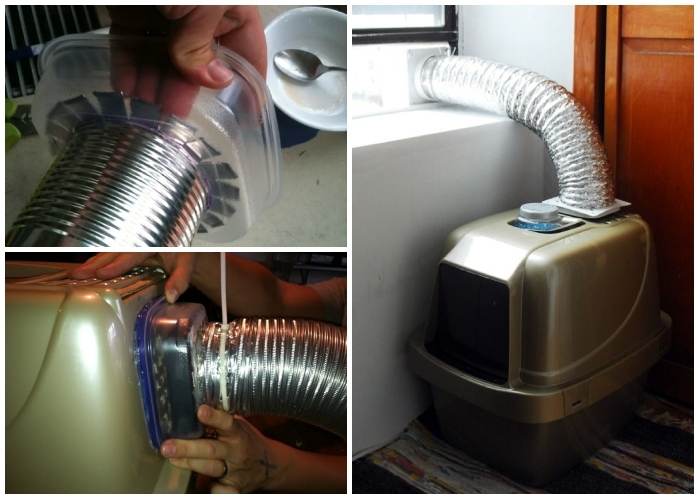
Steps: 1. Swap out catbox air filters with cardboard; 2. Craft duct flanges using empty food cans and surplus containers!; 3. Install the fan and secure the power adapter; 4. Firmly seal the container lid to the back of the catbox hood; 5. Drill vent holes in the litter box hood for ventilation; 6. Measure and cut foam rectangles for window placement; 7. Construct the exhaust vent fixture slice through the window insert and fix the vent; 8. Power up, relax, and breathe in the freshness of your DIY odorless litter box!
Rubber Gloves: A Handy Tool for Pet Hair Removal
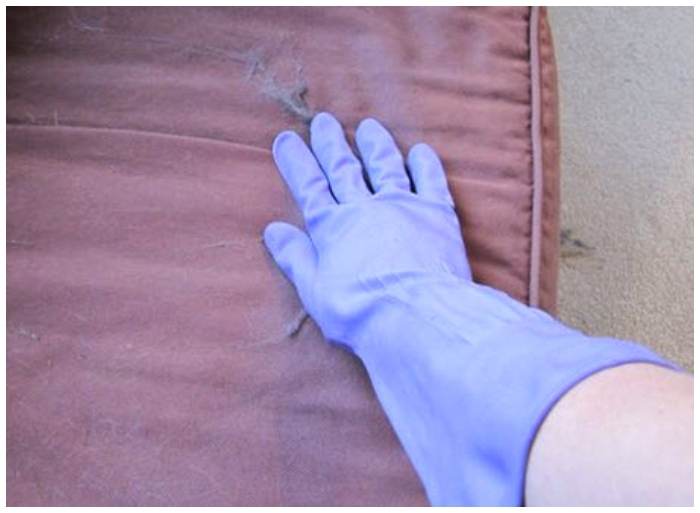
Easily remove pet hair from furniture and surfaces using rubber gloves. This simple trick can help you keep your home tidy and hair-free, especially if you have a pet that sheds heavily.
Keep Your Cat Engaged with a DIY Cat Ladder
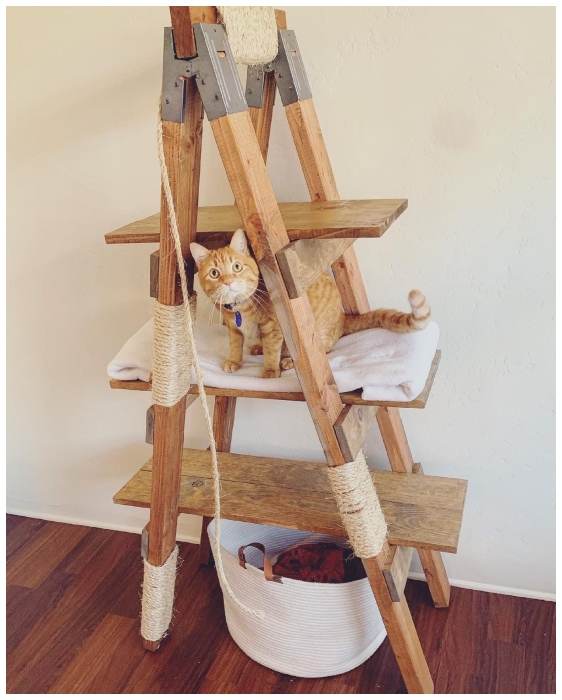
Keep your cat entertained and active by creating a DIY ladder for them to climb. This homemade project can be an enjoyable activity for you and a fun adventure for your cat.
Grow Cat Grass Indoors, No Dirt is Required
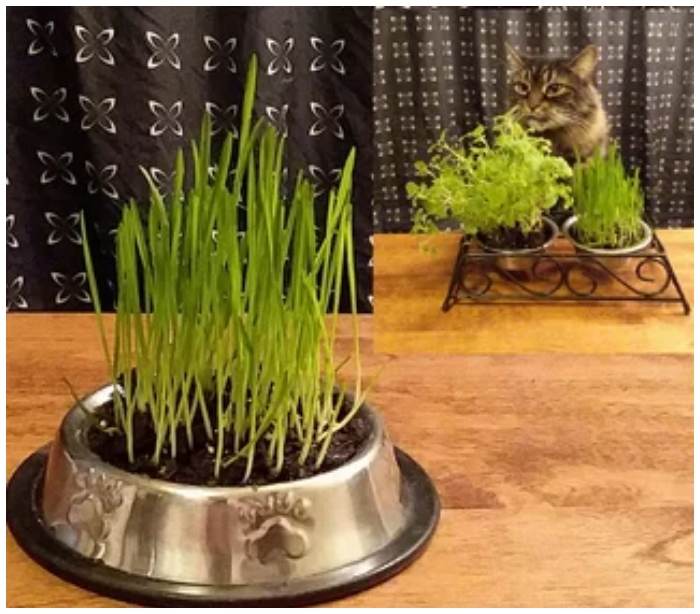
Provide your cat with a healthy, natural snack by growing cat grass at home. With minimal light and the right seeds, you can cultivate a fresh patch of grass indoors for your cat to enjoy.
Scratching Post: A Must-Have Accessory for Cat Owners
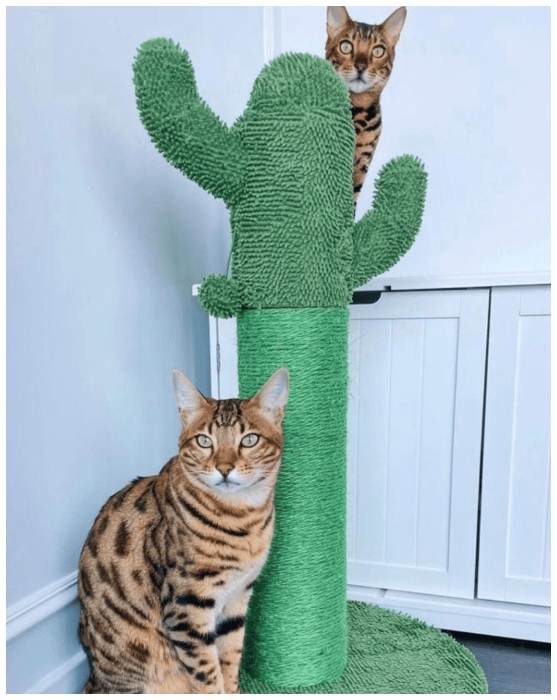
Invest in a scratching post for your cat to prevent them from scratching your furniture. With a bit of training, your cat can learn to use the post, protecting your furniture and keeping your cat happy.
Maintain Your Workspace with a Simple Box
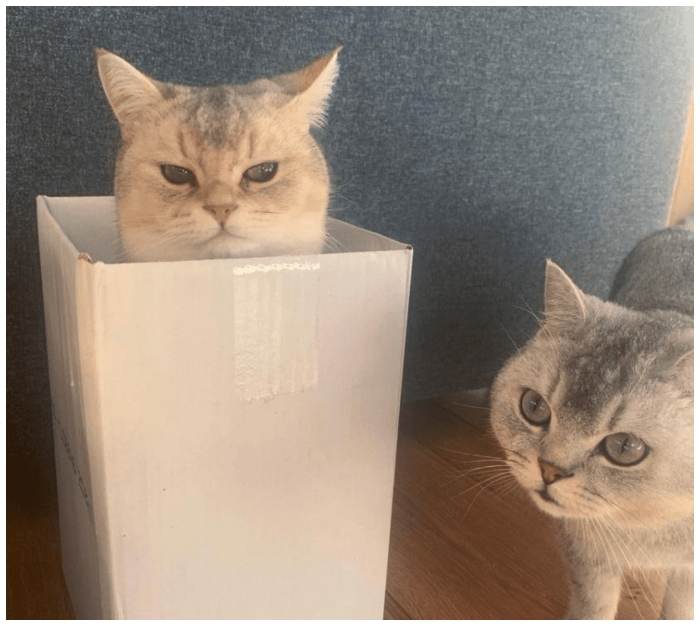
Provide your cat with a comfortable spot on your desk to prevent them from interrupting your work. Simply place a large box on your desk for them to lounge in, keeping them close but not in the way of your tasks.
Rethink Cat’s Meal: More Wet Food, Less Dry
Hydrate your cat and curb health risks like diabetes with wet food. While dry foods might be convenient, they often contain excessive carbs, risking your pet’s health.
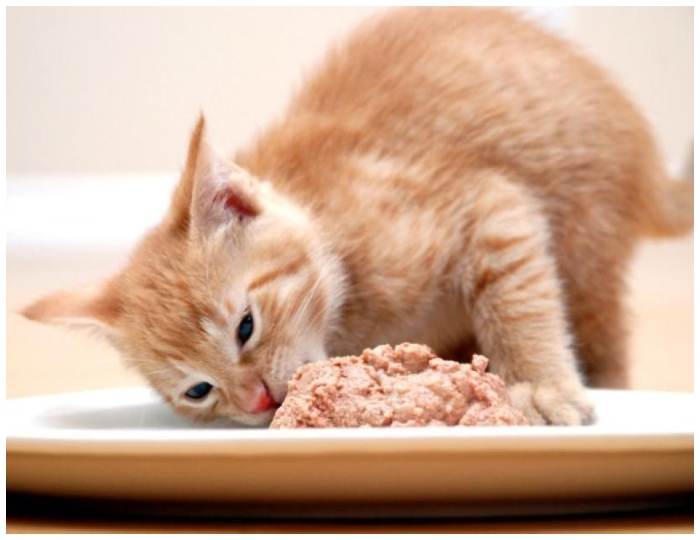
Balance is key – maintain a diet with a higher portion of wet foods, ensuring fewer carbs and no grains. Always cross-check the nutritional facts before purchase.
Pre-Bedtime Play: The Secret to Uninterrupted Sleep
Interrupted sleep due to a playful cat? Try engaging them in a game before bedtime. It’s a win-win – your cat uses up its energy, and you get a stress-buster.
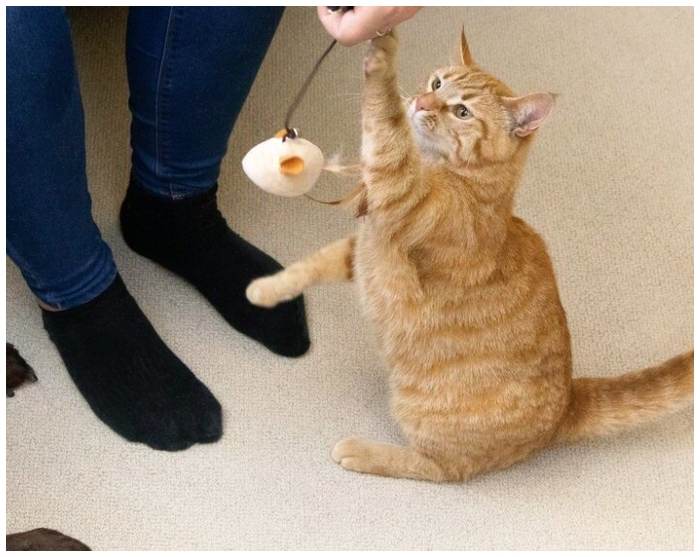
Choose games that suit their energy level without draining them completely, enhancing your bonding time.
Post-Laser Play Treats: A Purr-fect Reward
Rewarding your cat post laser play keeps them motivated and content. It triggers their natural hunter instincts and adds an interactive element.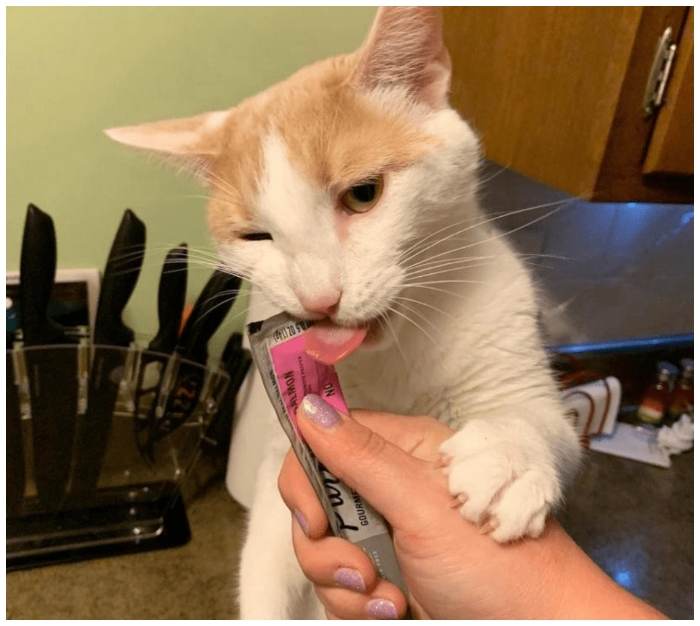
Remember, the trick is to distract them with their favorite treat before introducing the laser, encouraging a healthy and enjoyable playtime.
Regular Brushing: Say Goodbye to Excessive Shedding
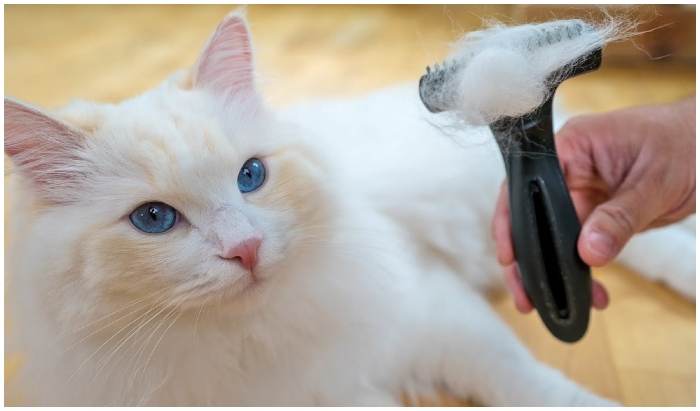
Cats shed. But frequent grooming can keep this under control. A quick brush every other day significantly reduces hair on your carpets and clothing, turning it into a daily routine for the best results.
More Litter Boxes: For Cleanliness and Convenience
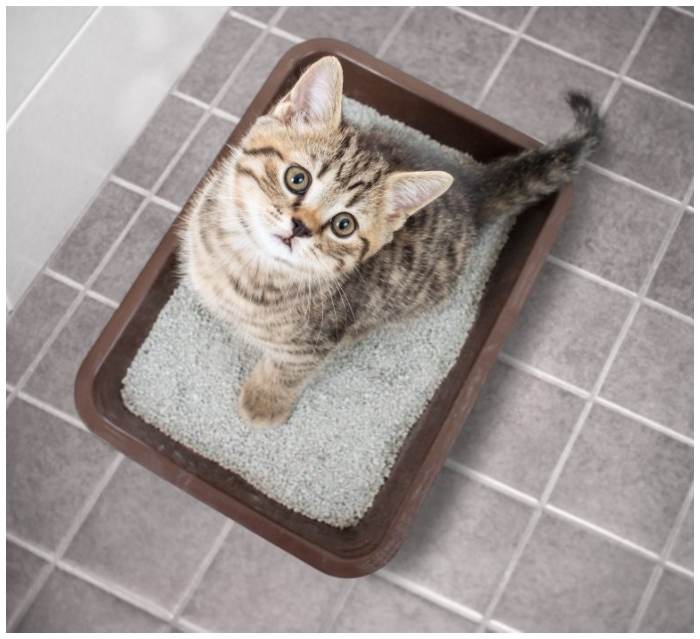
Ensure each cat in your home has a designated litter box, plus one extra. This helps to avoid any mess when the regular box is full, reducing accidents and maintaining cleanliness.
Homemade Cleaning Solution: Vinegar and Baking Soda Magic

With spirited cats, accidents are inevitable. Prepare a homemade cleaning solution with white vinegar and baking soda – an economical and efficient method to eliminate bacteria. Let the baking soda sit for 30-60 minutes before vacuuming.
Separate Feeding and Drinking Stations: Just the Cat’s Preference
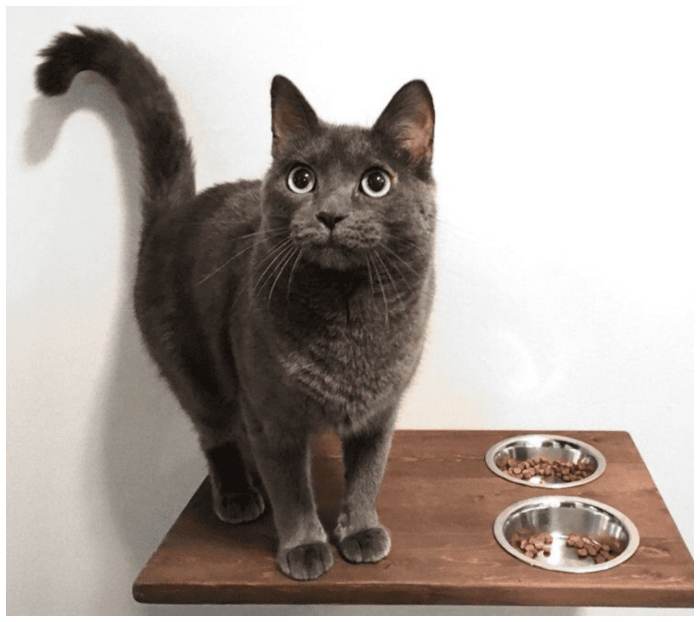
Unlike humans, cats prefer their water away from their food. Setting up separate feeding and drinking stations plays to this feline peculiarity, making them feel more comfortable during meal times.
DIY Cozy Shelter Bed: A Warm Retreat for Your Cat
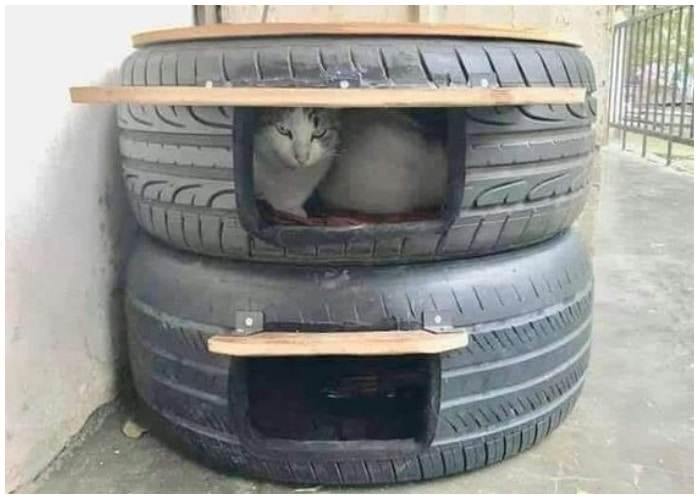
Create a unique, comfortable space for your cat with a used tire. After a good cleaning, add some padding or a blanket and cover the tire with a cozy fabric. This easy DIY project provides your feline friend with a snug resting place.
Fast Eaters: Plate Tricks to Slow Them Down
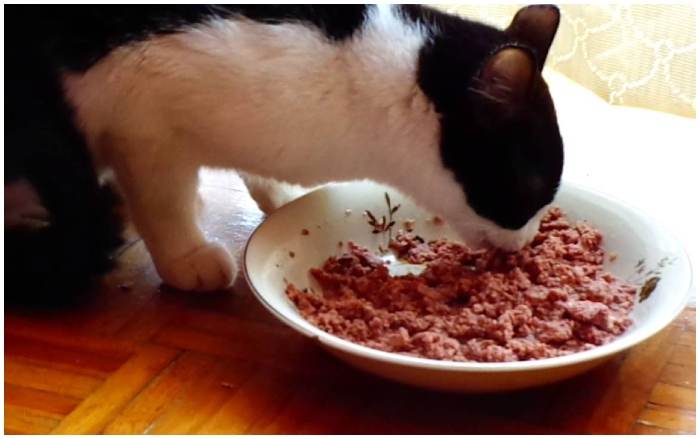
If your cat tends to eat too quickly, switch to a shallow dish. This simple change encourages them to slow down, enhancing their mealtime experience and reducing the risk of sickness. Plus, it avoids whisker stress!
Pheromone Diffuser: For a Stress-free Environment
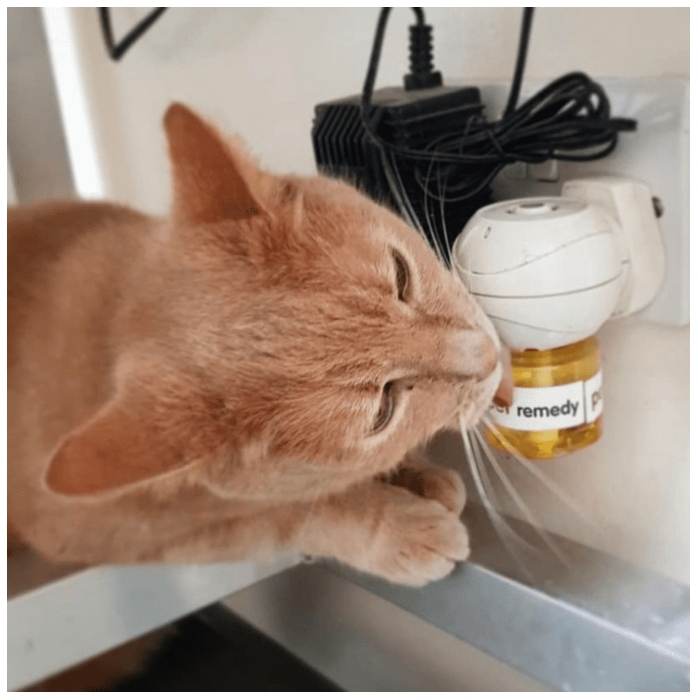
Just like humans, cats get stressed too. Introducing a pheromonee diffuser in your home can significantly help to reduce your cat’s stress levels, creating a more comfortable environment for them.
Green Tea and Baking Soda: For a Fresh Litter Box
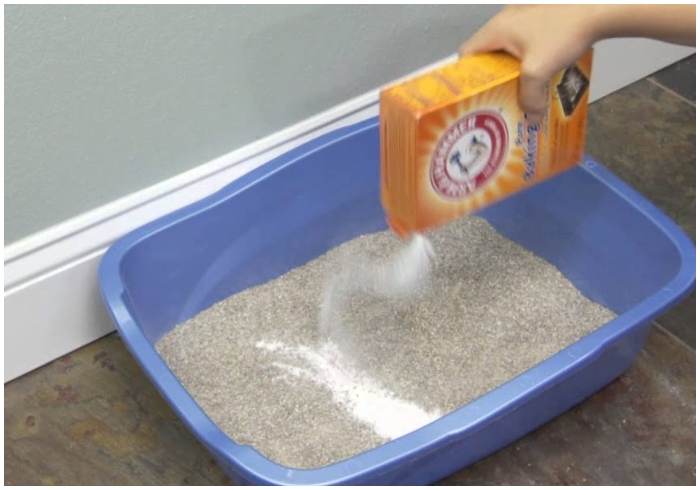
Maintaining a clean litter box is crucial. To keep your home fresh, add some baking soda or pieces of green tea leaves to the litter box. This helps to neutralize any unpleasant odors.
Two Cats: For a Happier and Less Destructive Environment
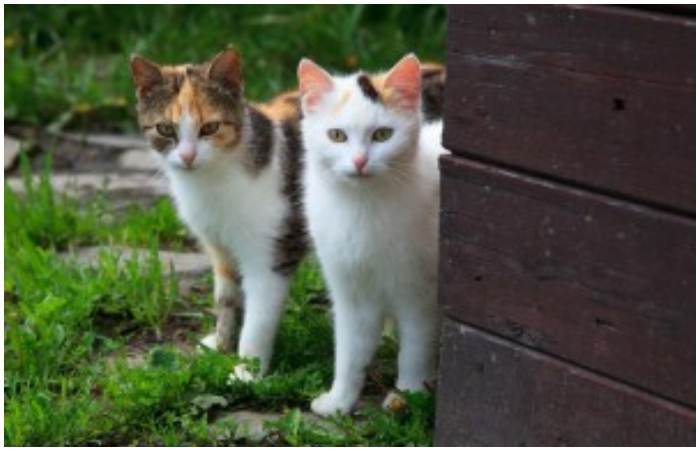
Even though cats seem independent, they thrive in the company of other pets. A companion can reduce your cat’s stress levels, leading to less destruction around your home. A kitten could be a great companion for a senior cat.
Training to Paw: A Bonding Exercise
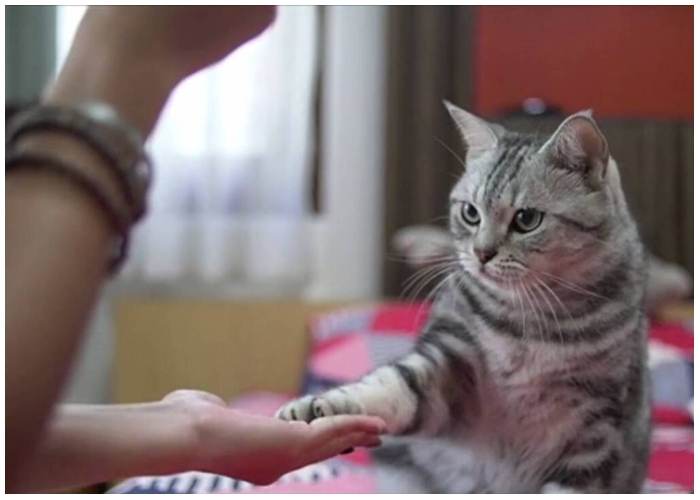
Train your cat to give their paw, just like dogs. This simple training exercise not only teaches them new skills but also strengthens your bond. Lure them in with a tasty treat to make the training process more engaging.
Two-Syllable Names: For a Better Response
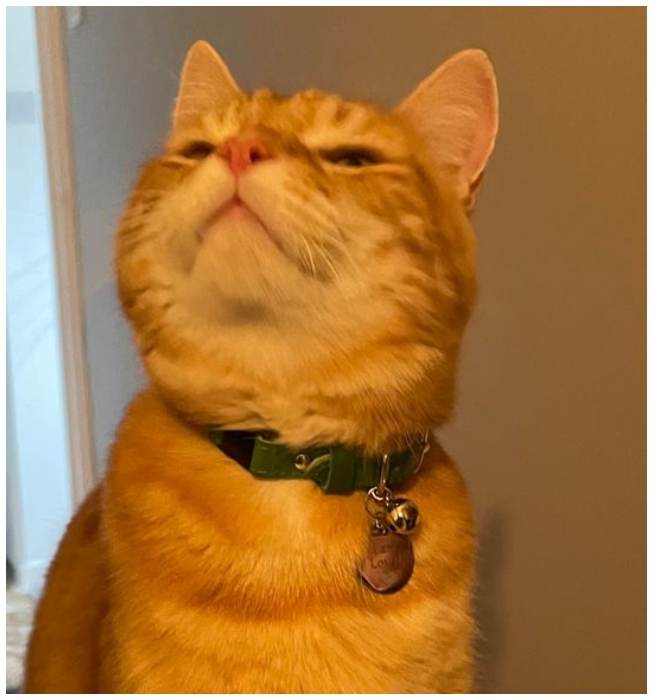
Choosing a two-syllable name for your cat improves their response. It’s simple and effective. Instead of the long, Fluffy-Buffy-Bella-Baby, consider Fluffy or Buffy – a shorter name ending with the “ee” sound makes it easier for them to recognize.
Opt for Clumping Litter
Maintaining a litter box, whether you’re a first-time cat parent or a seasoned feline aficionado, can be challenging. Daily emptying of the litter box keeps unpleasant odors at bay.
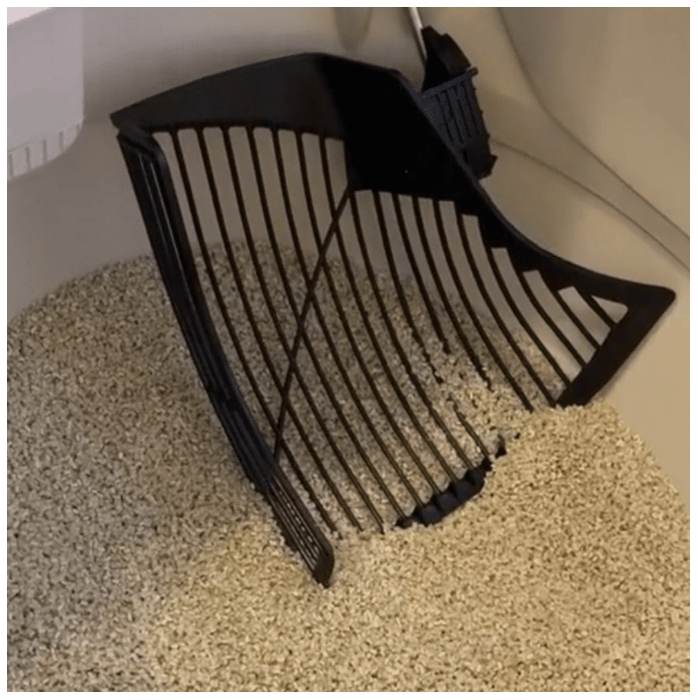
Equipping yourself with the right tools ensures an odor-free home. Clumping litter simplifies cleaning and boosts efficiency, as it allows you to identify and target areas in need of extra cleaning. Spotting clumped litter and assessing its cleanliness becomes a breeze.
Craft DIY T-shirt Cat Toys
Toys play a critical role in keeping your cat active and interested. You can get innovative with your cat’s toys. Repurposing old T-shirts into DIY projects is a great money-saving alternative to expensive toys.
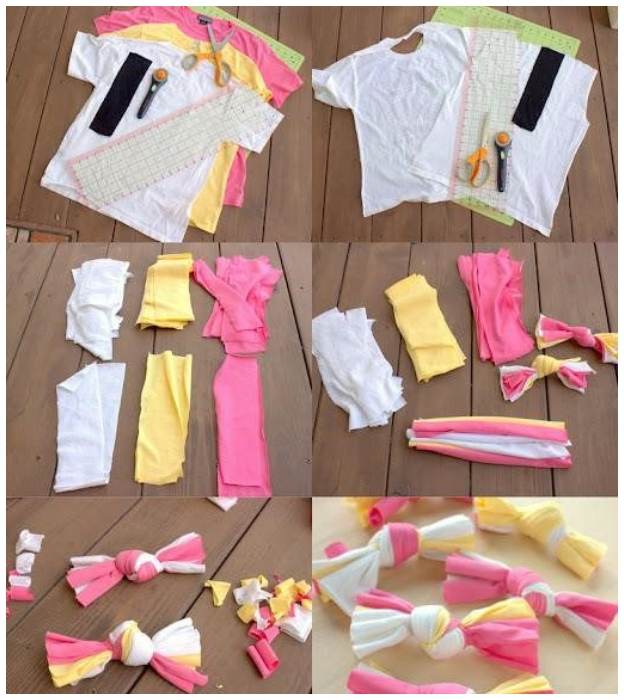
Use various T-shirt colors to captivate your cat, with brighter colors often being more appealing. Cut the T-shirts into pieces and tie them together to create a fun toy for your feline friend. You can even get friends to donate old T-shirts for this purpose.
Create a Catio
A catio allows your cat to soak in the beauty and fragrances of nature. It provides a safe outdoor space where your cat can relax. Positioned near a window, a catio can entertain your cat while also allowing you to keep an eye on your pet.
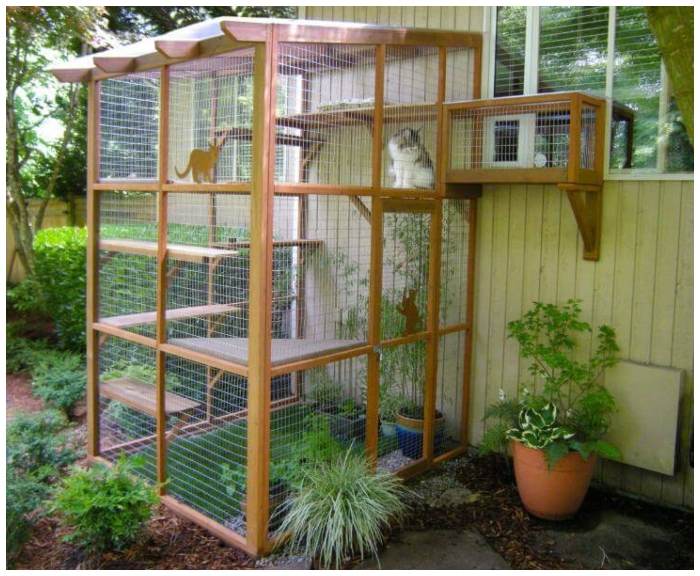
Ensure the space is spacious enough for your cat’s enjoyment.
Weird Things Cats Do When They Love You
Indulge in Some Petting
Most cats relish affection. They will actively welcome their owners, wrapping around their legs, requesting petting. The act of stroking a cat benefits both parties: humans experience a surge of dopamine and serotonin, the feel-good hormones, while cats understand that they are loved.
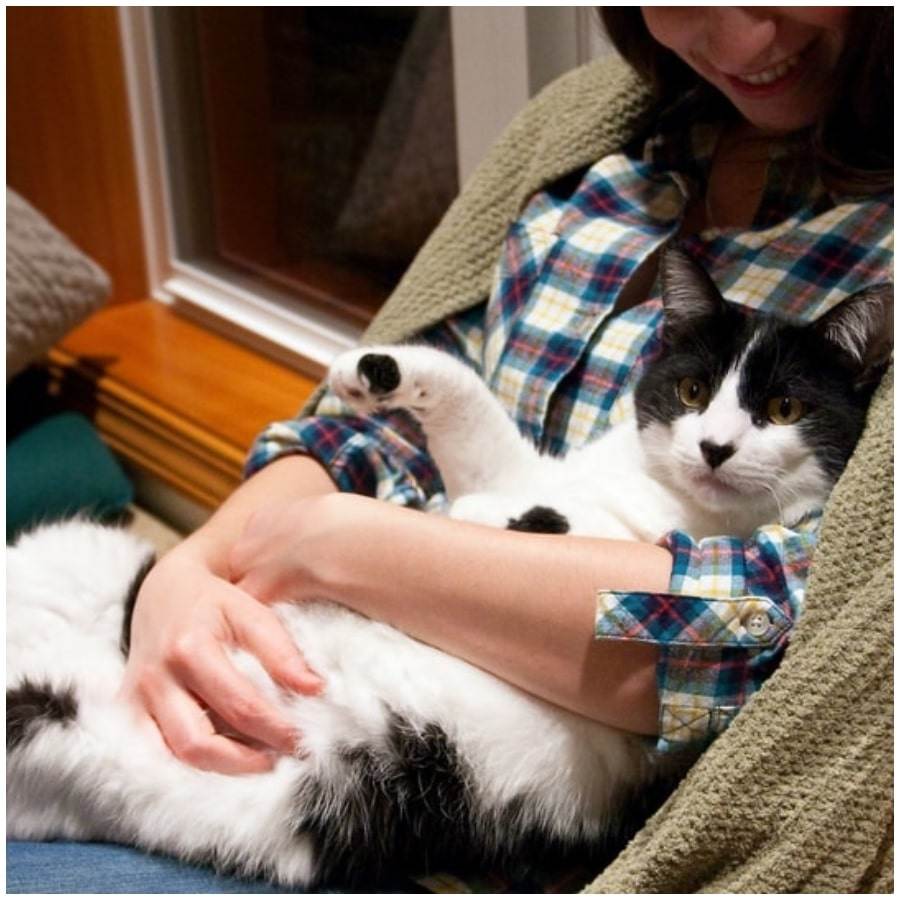
However, not all cats enjoy being petted, with some breeds known to be more reserved. Use discretion with unfamiliar cats, and only pet those who appear open to it.
Appreciate Love Bites
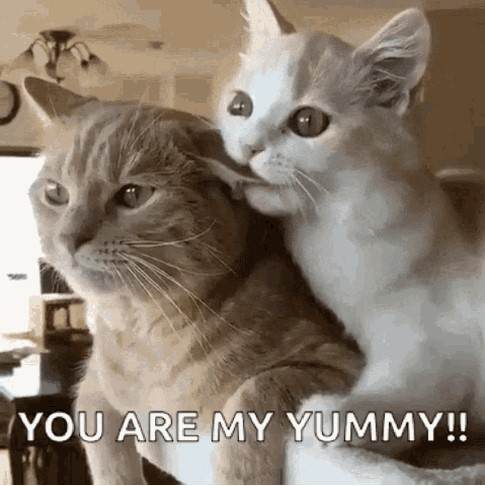
Occasionally, your feline companion might surprise you with a gentle bite, a sign of their affection. However, a hard bite with ears flattened against its head is not an expression of love. Stay away from cats that hiss and seem aggressive.
Understand The Blink and Stare
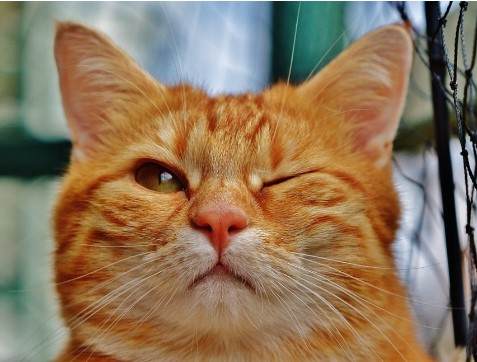
In feline language, a slow blink and stare usually indicate a non-aggressive stance. While your pet cat knows you mean no harm, a strange cat might not. Engage in a slow blink and stare with a new cat to communicate your peaceful intent. That’s the secret to making a new feline friend.
Interpret Loud Purrs
Cats purr for various reasons. The most common cause for purring is happiness, which can be triggered by simply talking to your cat or giving it a chin scratch.
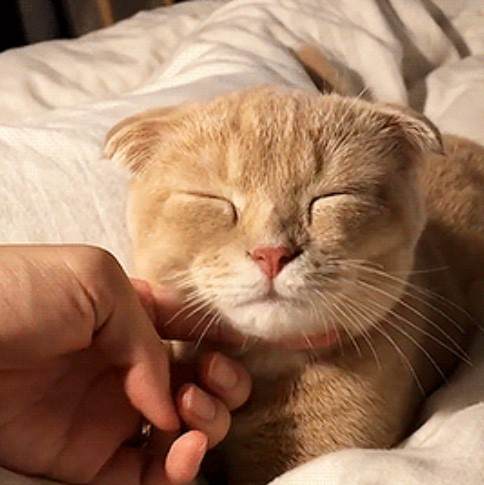
However, sometimes cats purr when they’re anxious or in pain. If your cat seems distressed while purring, it might need a vet’s attention, as an underlying health condition could be present.
Recognize Twining Around Your Legs
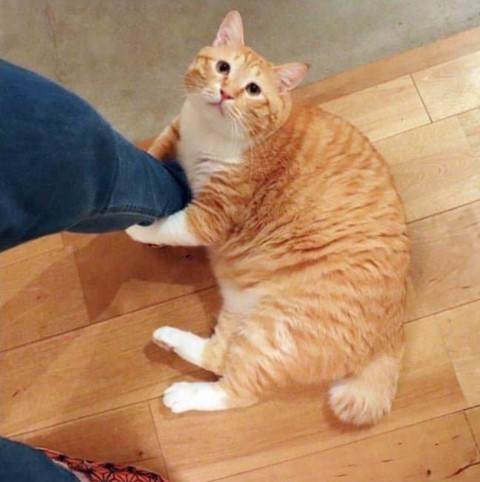
Many cats welcome their humans home by meowing and rubbing their bodies against their legs. This act not only shows their love but also allows them to mark their humans with their scent glands, claiming them as their own.
Enjoy A Cuddle
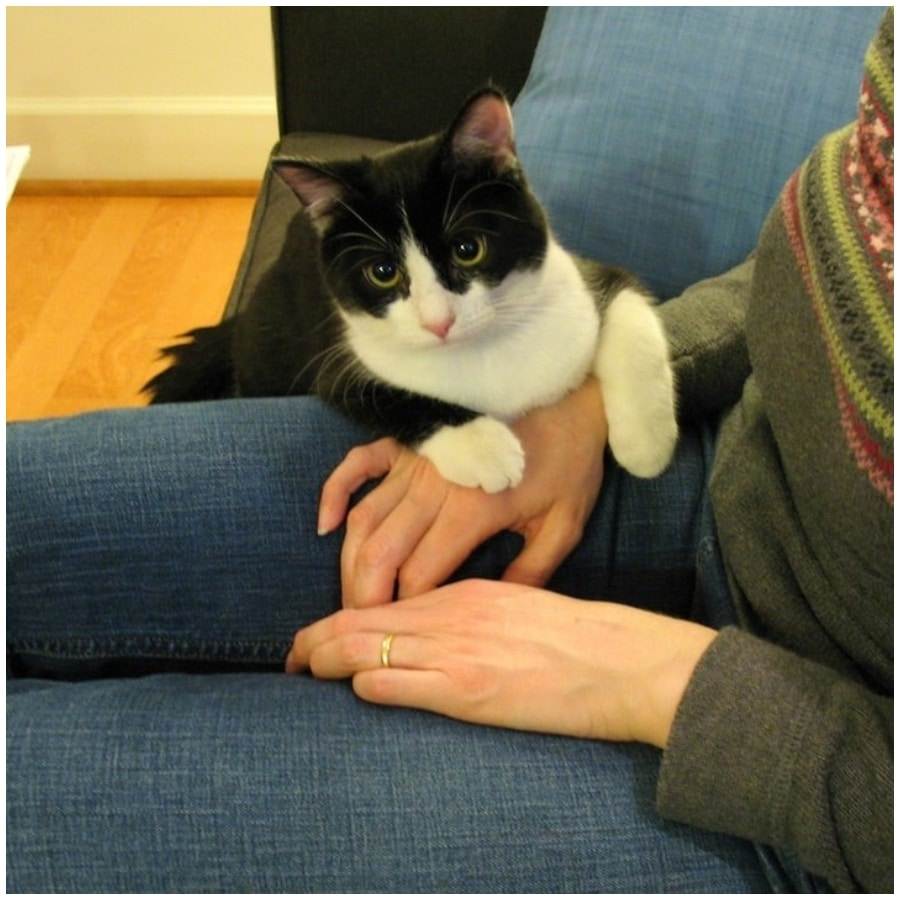
Cats love to snuggle up on their human’s lap during a Netflix binge, which helps them feel closer and safe. A human’s lap provides warmth and comfort, making it a favorite spot for cat naps.
Value The Cheek Rub
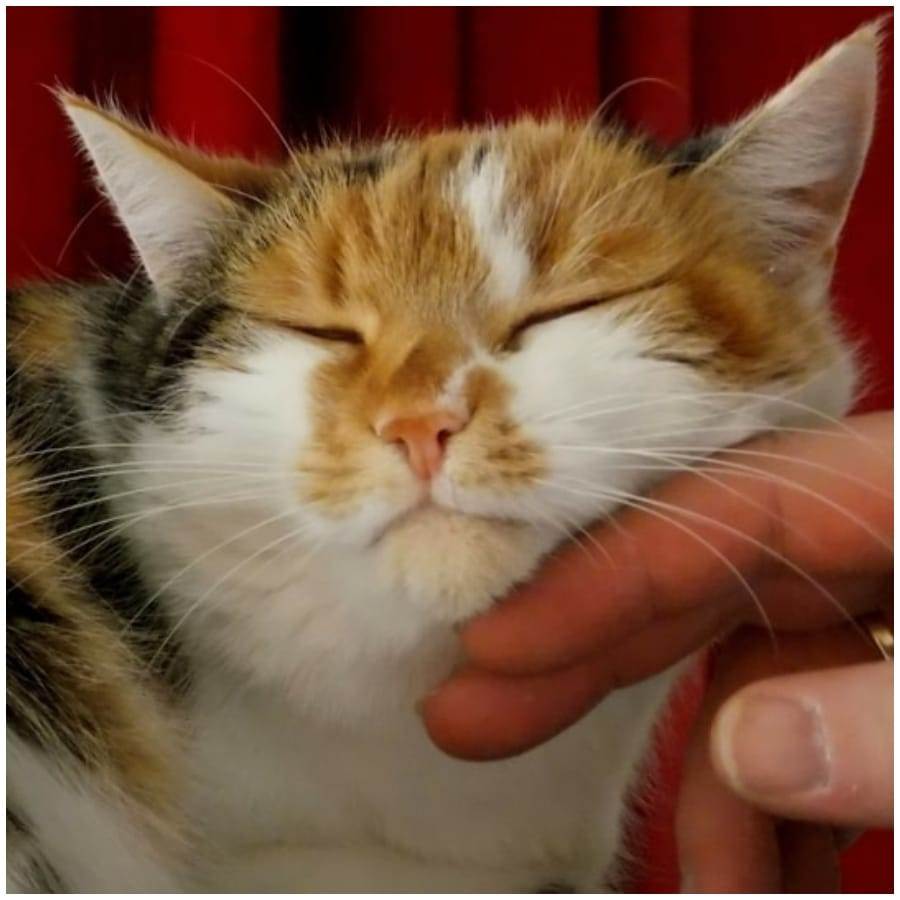
A cheek rub is a feline’s friendly greeting, releasing their scent onto your hand, marking you as a trusted friend. When you encounter a new cat, extend your hand and let them approach you. A returned cheek rub signals a burgeoning friendship.
Appreciate Sleeping Together
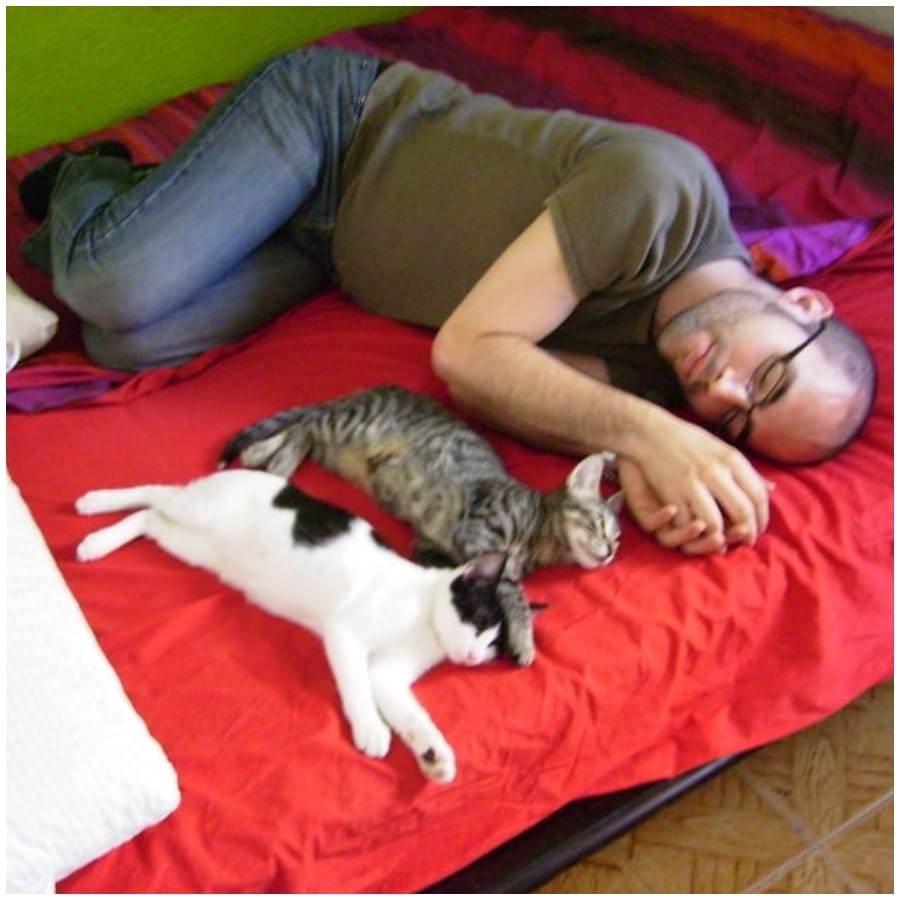
Cats value their beauty sleep, clocking anywhere from 12 to 16 hours a day. They tend to sleep next to their humans, who they trust for protection. Encourage this behavior to make them feel safe.
Understand Stretching Out
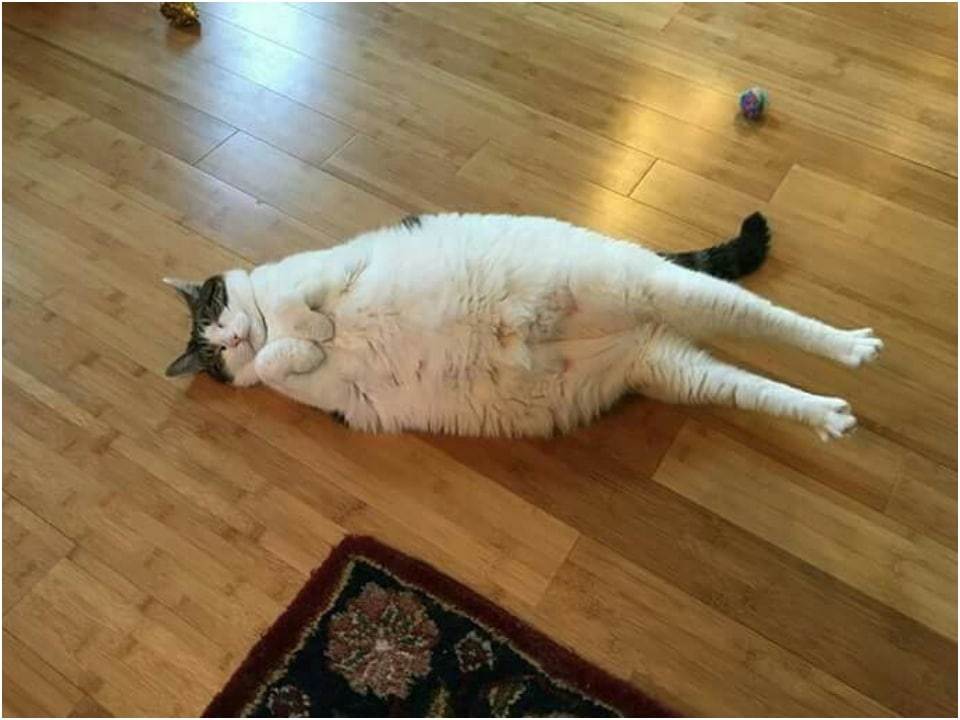
When a cat stretches out, exposing its belly—a vulnerable area—it’s a sign of deep trust. Invite your cat to stretch out next to you the next time you’re reading a good book in bed.
Tolerate Being Shadowed
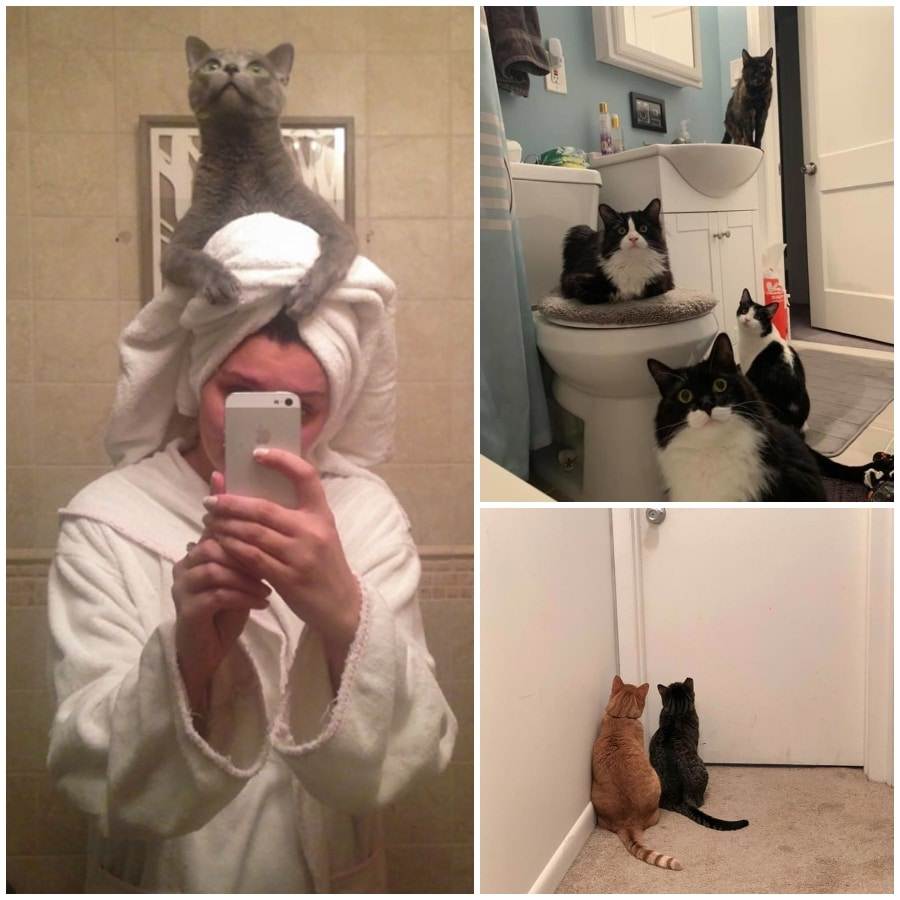
Most cats, especially those raised from kittenhood, suffer from separation anxiety and love following their humans around. This behavior extends even to bathroom breaks, where they guard against potential threats.
Cherish Cat Kisses
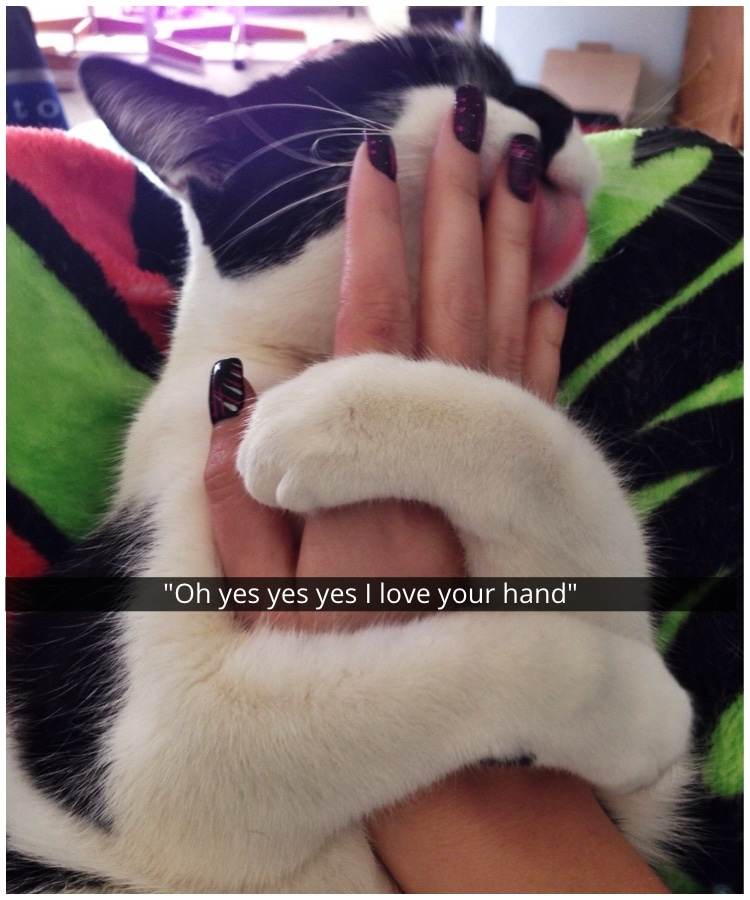
While dogs are famous for their wet kisses, cats might lick their owner’s hand too. A quick lick is a significant compliment, sharing the cat’s unique scent with the human, a sign of deep bonding.
Respect Cat Scratches
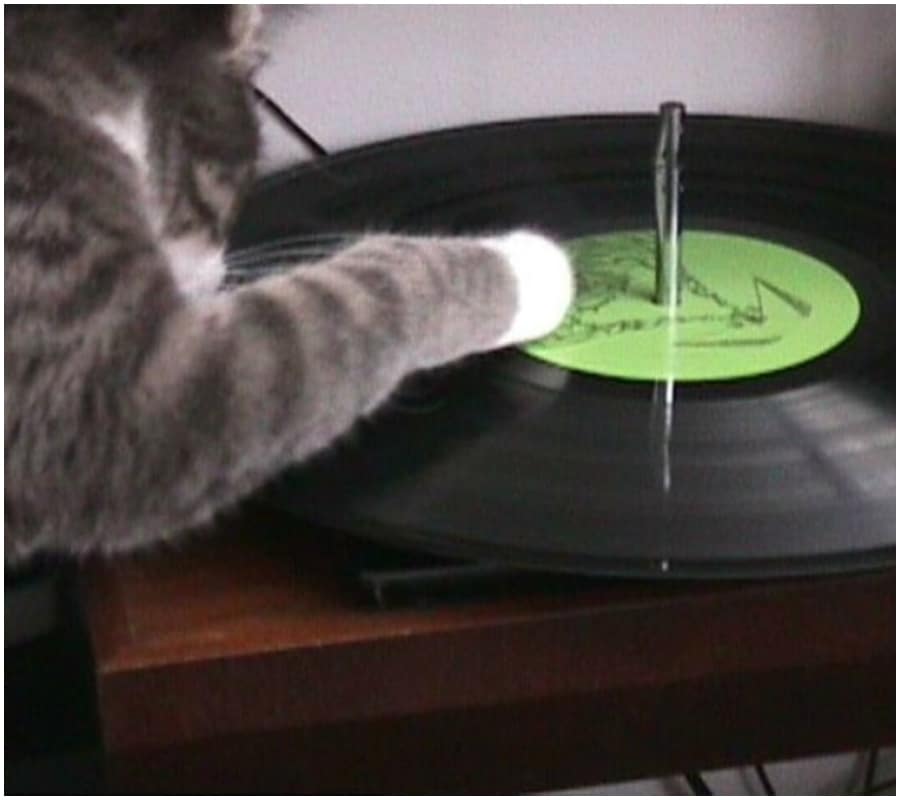
Cats scratch various home items not just for fun, but also to declare ownership. They scratch your favorite sofa because they see you using it and want you to know it’s theirs. Remember, you’re owned by your cat, not the other way around!
Appreciate The Slow Blink
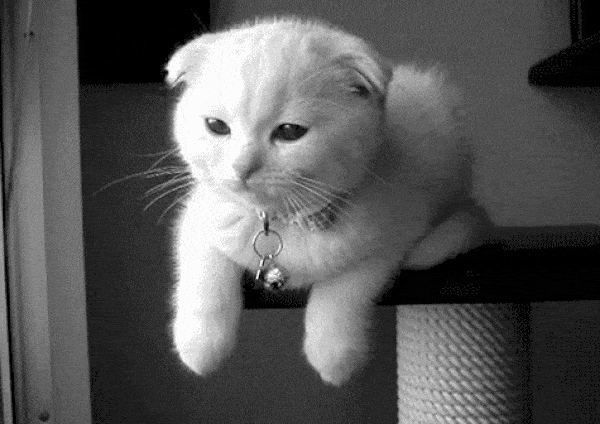
There’s nothing more heartwarming than recognizing that your cat returns your affection. They express their love through a long stare and a slow blink. If your cat doesn’t do this, it’s okay. Show them this behavior, and they might eventually return it. Like humans, cats need time to figure out their feelings for you.
Interpreting the Tail
A cat’s tail can be an emotional barometer. Rapid swishing usually signifies annoyance or anger, while a ‘Halloween cat’ posture signals fear.

Be sensitive to your cat’s mood cues and respect its personal space when it seems upset.
The Buzzing Tail
The sound of a cat food can opening is music to a cat’s ears. The ensuing excitement may cause the tail to shake or vibrate as they meow for their meal.
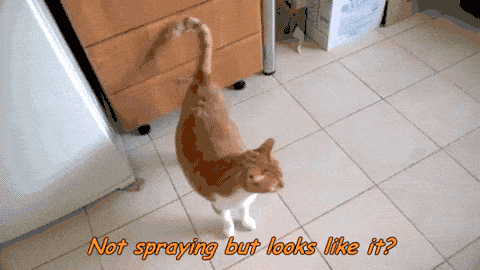
This isn’t a call to the litter box, rather a cat’s way of exuding enthusiasm, akin to a human jumping for joy.
Belly Exposure
A cat reclining on its back, exposing its belly, can be deceptive. While it seems like an invitation to stroke their belly, most cats aren’t looking for a tummy rub.
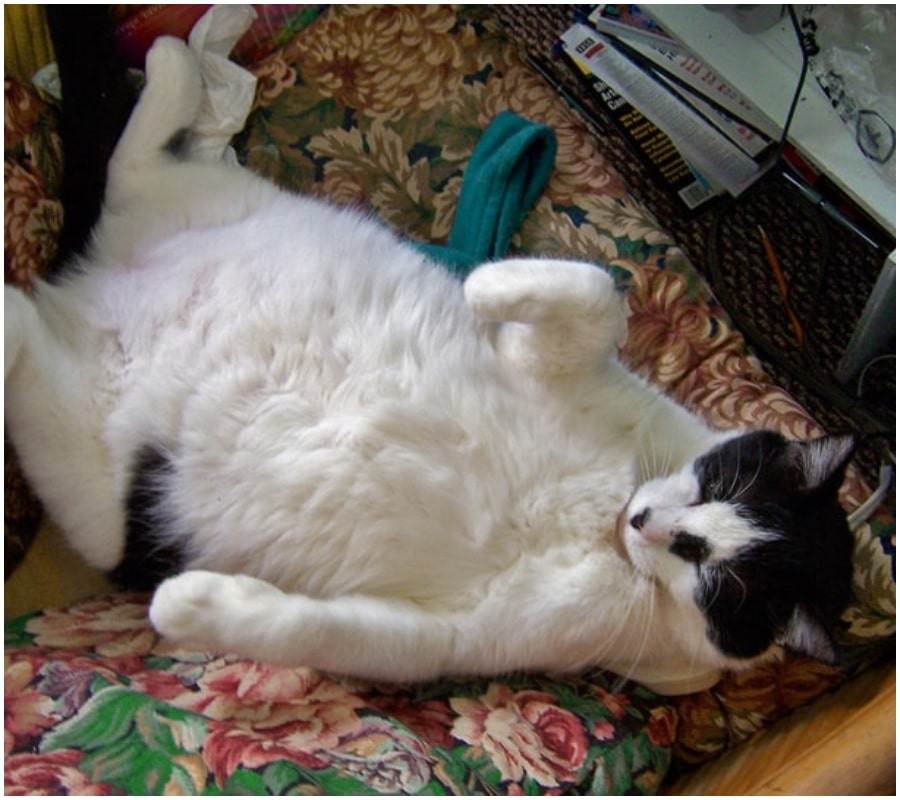
This gesture is often a way to lounge and cool down. If you do attempt a belly pat, be prepared for a swift kick or gentle bite in response, as cats can be ticklish and protective about their bellies.
Co-sleeping
Many cats love to snuggle up with their humans at bedtime. However, sharing your bed with a cat isn’t risk-free. The Center for Disease Control advises that cats can transmit certain zoonotic diseases.
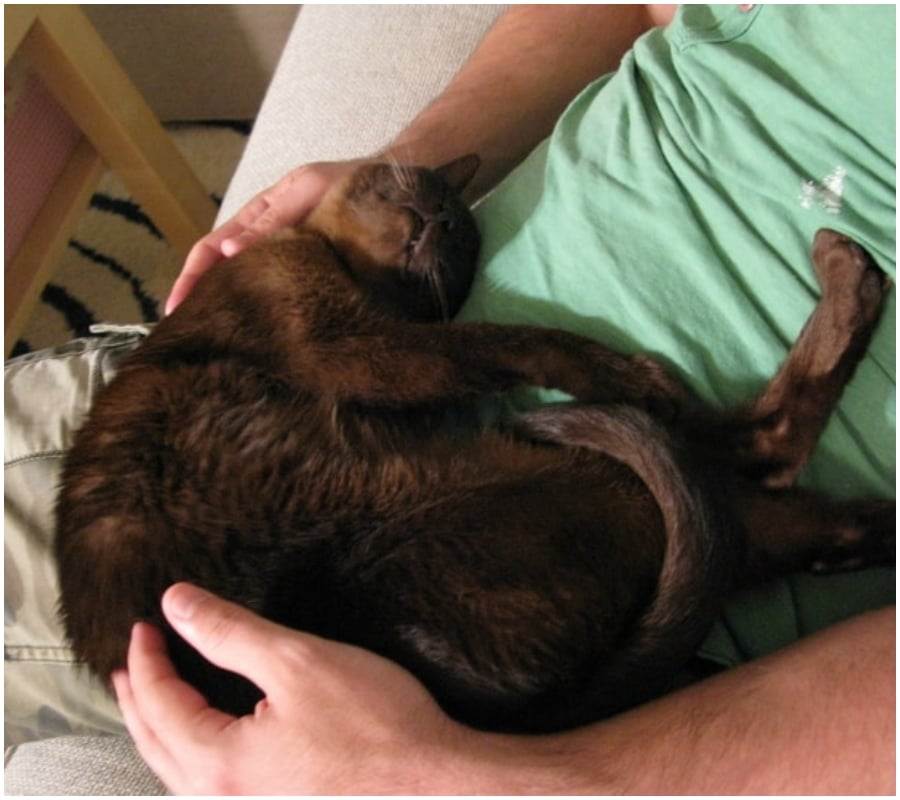
Ensuring your cat and your bedding are clean can minimize this risk.
Playtime
Cats, particularly indoor ones, require interactive play and toys for stimulation. If they start chewing on cords or damaging furniture, it’s a sign they’re craving more physical and mental engagement.
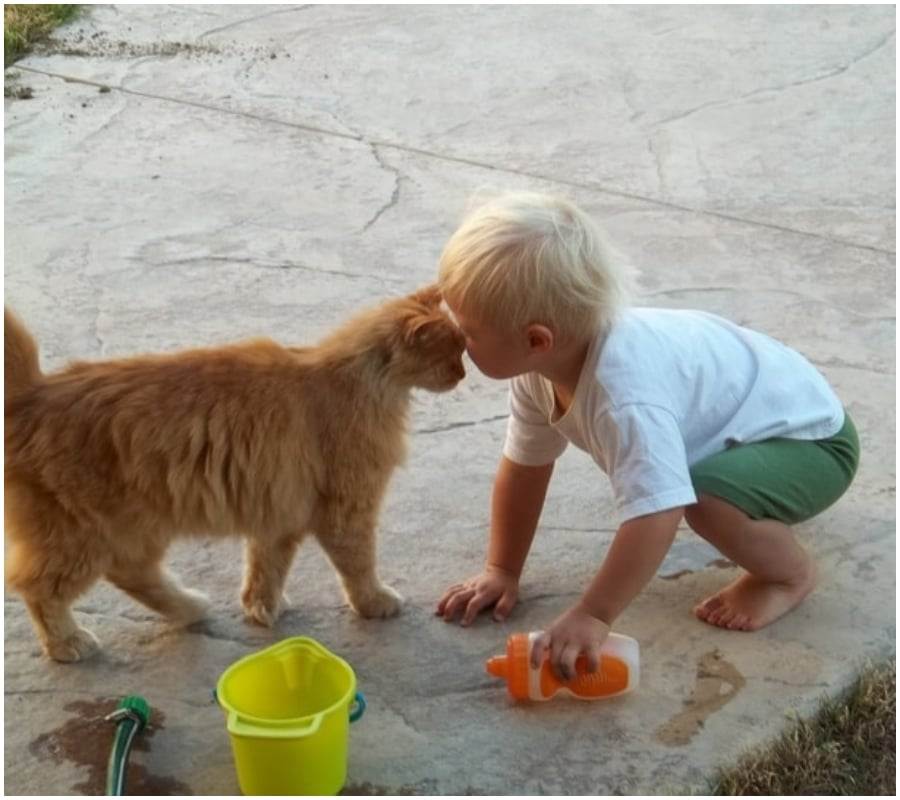
Equip your indoor environment with toys and a cat tree to keep them entertained.
Warm Welcomes
While dogs may bark upon their owner’s return, cats express their joy in a subtler way. They’ll often scamper towards the door, mewing in greeting and showing they’ve missed you.
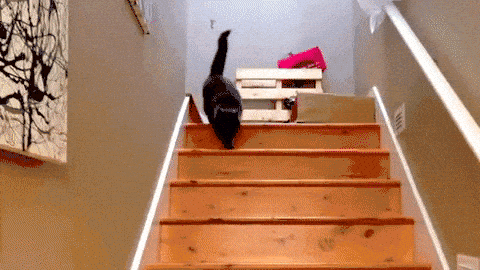
For cats that aren’t as demonstrative, initiate contact when you arrive home.
Napping on Laundry
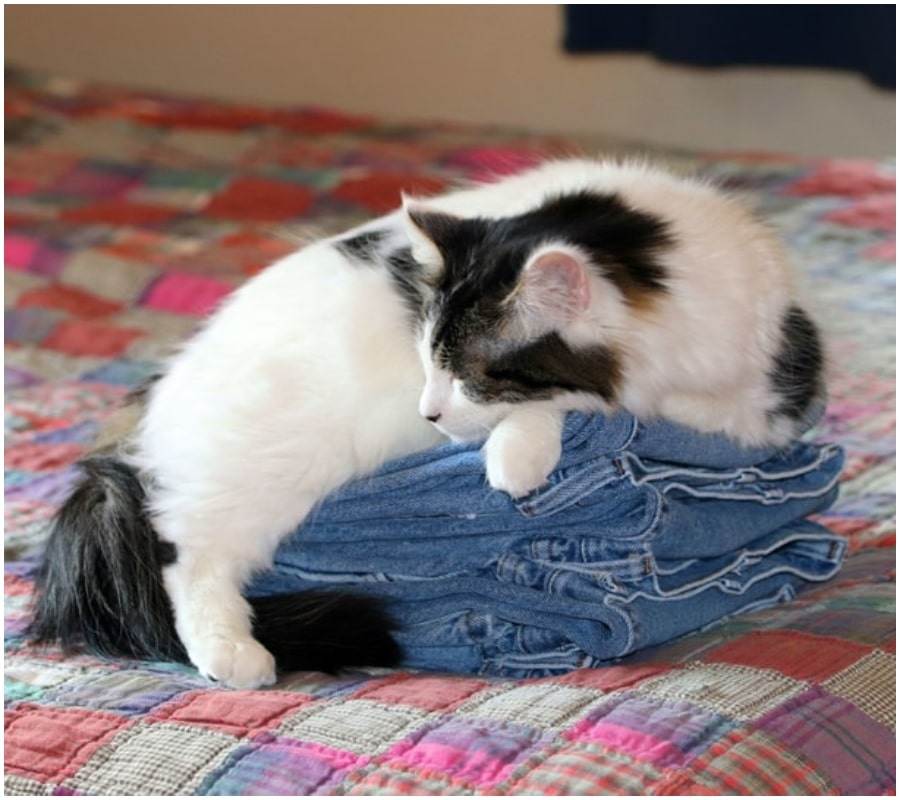
To a cat, a pile of dirty laundry isn’t a chore, but a comforting reminder of their favorite human. They enjoy combining your scent with theirs for a purrfect nap spot. If you want your cat to sleep somewhere specific, try placing a worn shirt there.
Curiosity Zone
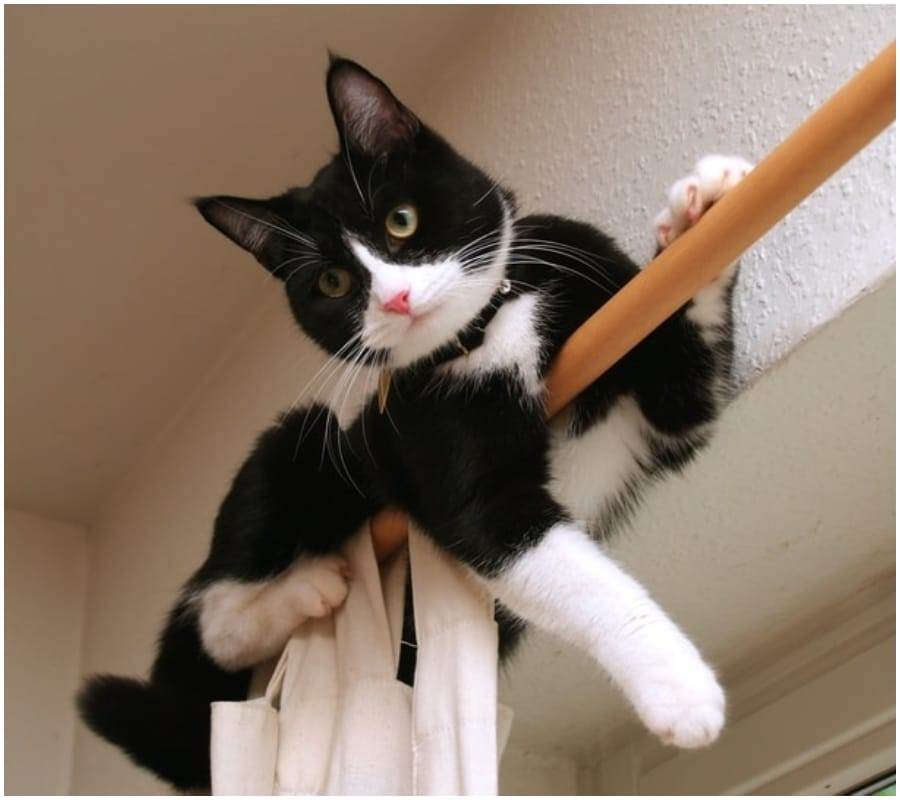
The proverb “curiosity killed the cat” holds true, as cats are explorers by nature. They love to survey their domain from high vantage points and discover uncharted corners. Ensuring they have spots to explore can satisfy their inquisitive nature.
Feline Chitchat
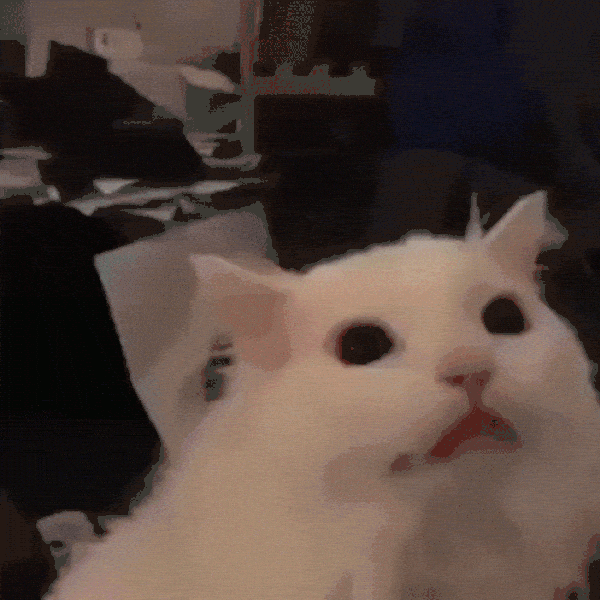
Cats communicate differently with humans than in the wild. Domesticated cats use meows and trills to grab their owners’ attention. A trill, a softer sound, usually denotes contentment and happiness.
Returning Affection
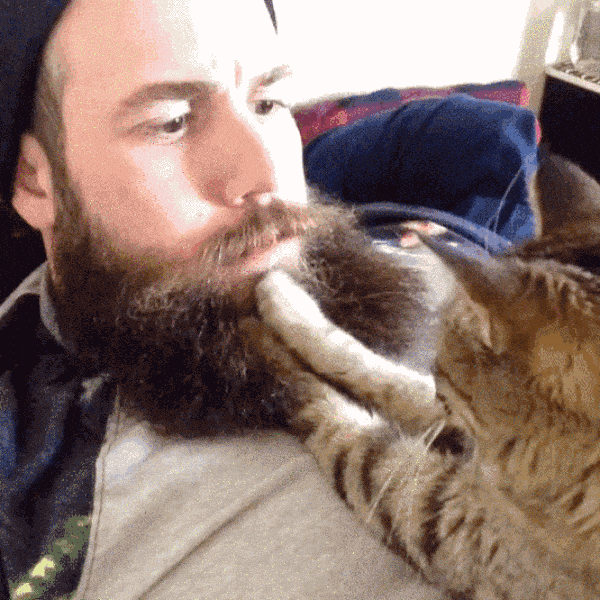
Cats often reciprocate love by ‘making biscuits,’ a kneading motion with their paws. It’s their way of returning the pets they receive, although their claws can make this a tad painful.
Tail Hugs
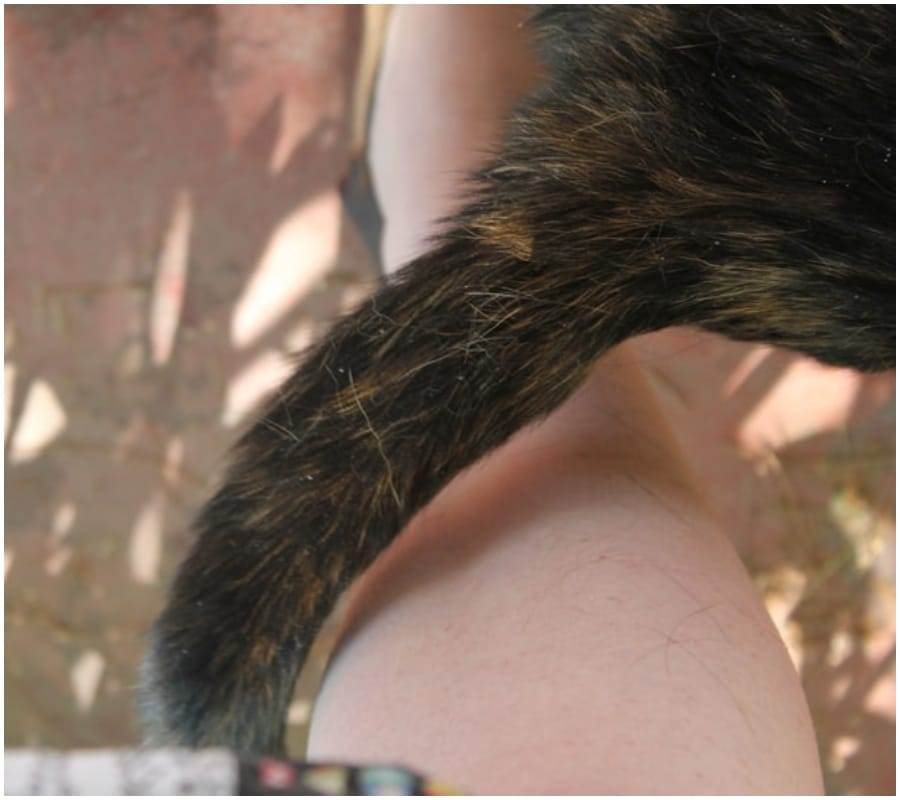
If a cat curls its tail around your leg, consider it a sign of affection and ownership. This ‘tail hug’ signals to other animals that you’re under its protection.
Headbutts
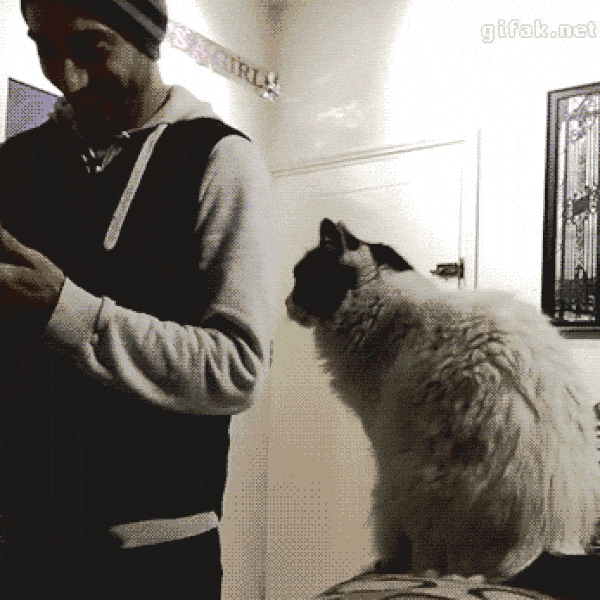
Cats also express affection via headbutts. This action, while endearing, serves a dual purpose; the glands on a cat’s head release a scent marking you as their own.
The Roly-Poly
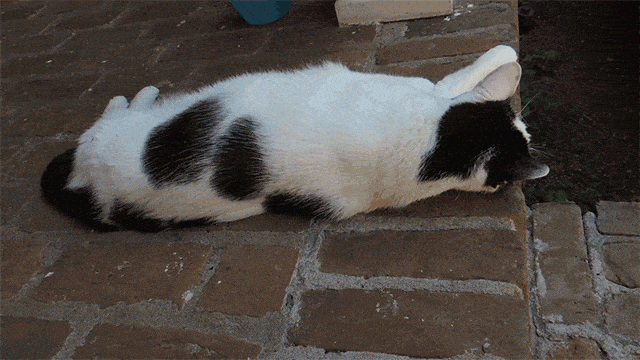
Outdoor cats enjoy rolling in the dirt or grass to mask their scent. Indoor cats replicate this behavior as a playful greeting to their humans.
Puffing Up
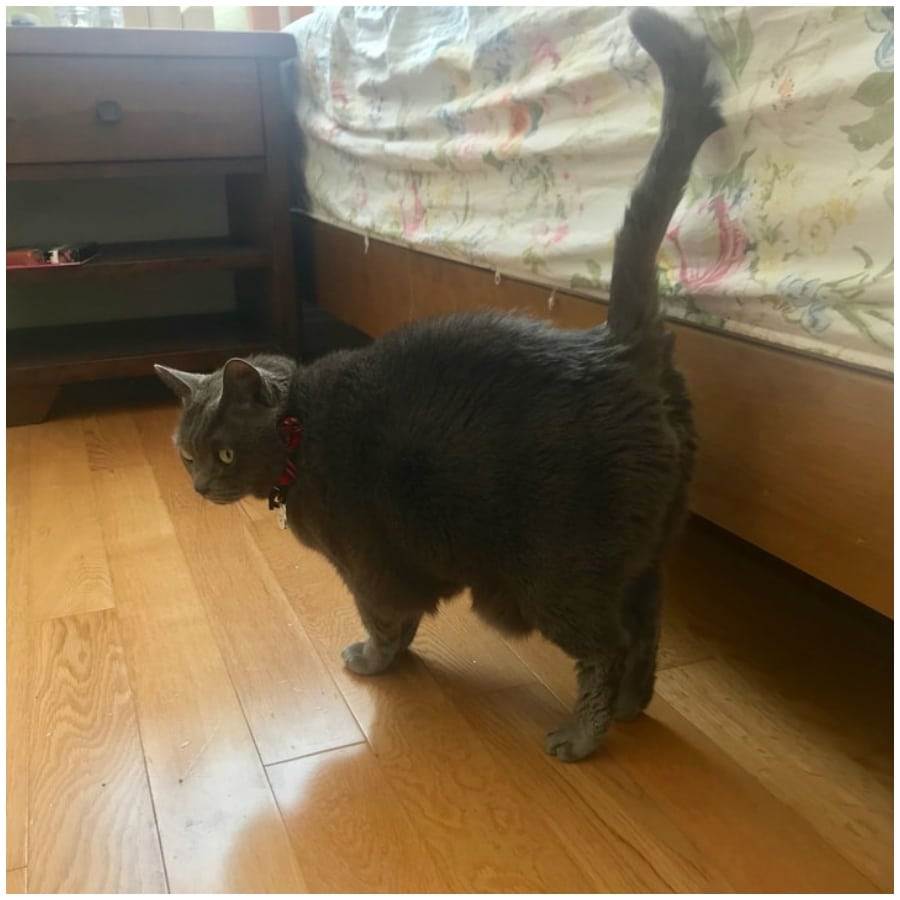
A cat that inflates its stomach and vibrates its tail is likely exhibiting affection, marking its human as its own. A cat wouldn’t ‘claim’ someone it didn’t love.
Gift Exchanges
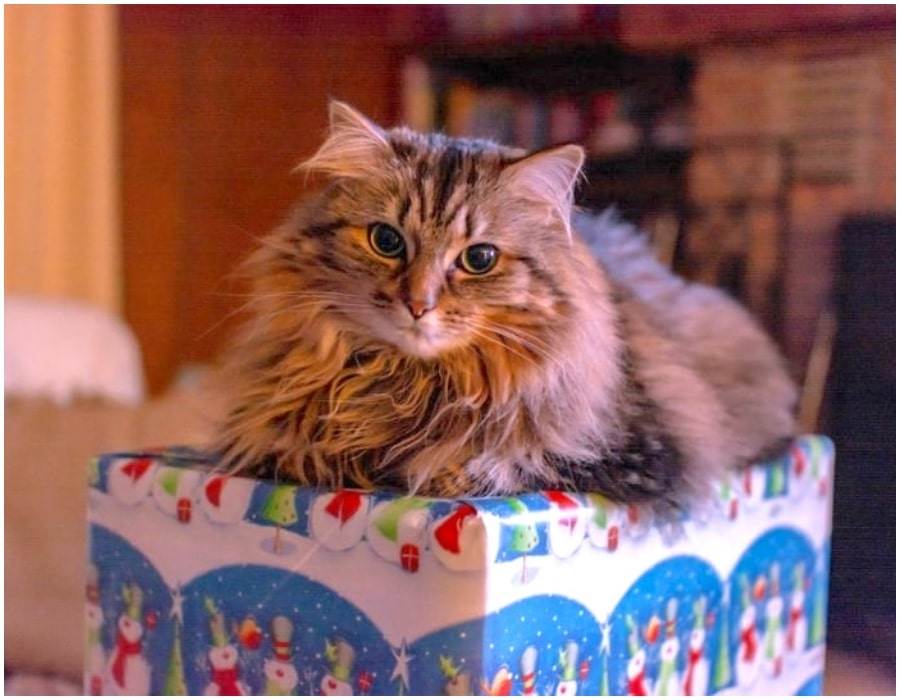
A gift from a cat, whether it’s a captured mouse from an outdoor cat or a found object from an indoor one, is a token of affection. Even if the gift is less than appealing, remember it’s the thought that counts.
Mooning
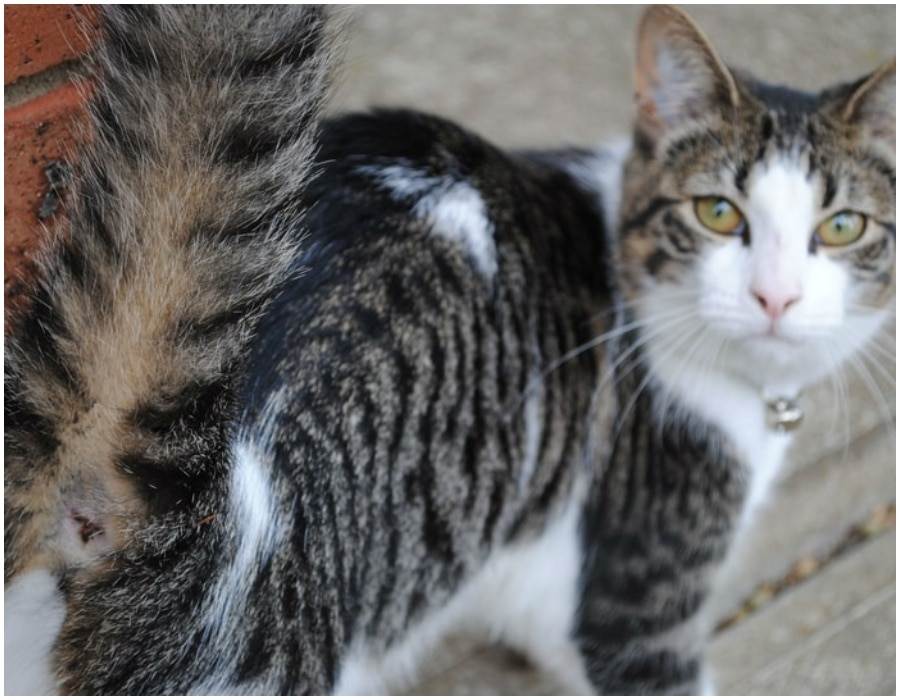
In the animal kingdom, cats greet each other by sniffing butts. A cat presenting its rear to you is a sign of trust, but don’t worry, a simple pat will do instead of a sniff.
Conclusion
Cats may not speak our language, but they have a multitude of ways to communicate with their human companions. Whether it’s through tail signals, excited vibrations, headbutts, or even gift offerings, they continuously express their moods, needs, and affection.
Understanding these unique feline behaviors can foster a deeper, more harmonious bond between you and your furry friend. Ultimately, learning to interpret and respect your cat’s cues will enhance your mutual trust and affection, leading to a truly rewarding companionship. Remember, patience and observation are key in this beautiful journey of companionship with your feline friend.
